Discover WEB3/DEPT® LABS
Learn blockchain with us
Our platform, WEB3/DEPT® Labs, is a nine step course that will teach you and your team the building blocks of Web3.
Learn More
The recent market downturn and bankruptcies have not dampened the potential of digital assets and the technologies that underpin them. These innovations have the power to transform business models across various sectors.
London Tech Week 2023 brought together industry experts to discuss this potential during a panel called “Probing Reality and Myth in the Metaverse & Web3 – What does it mean for you?”
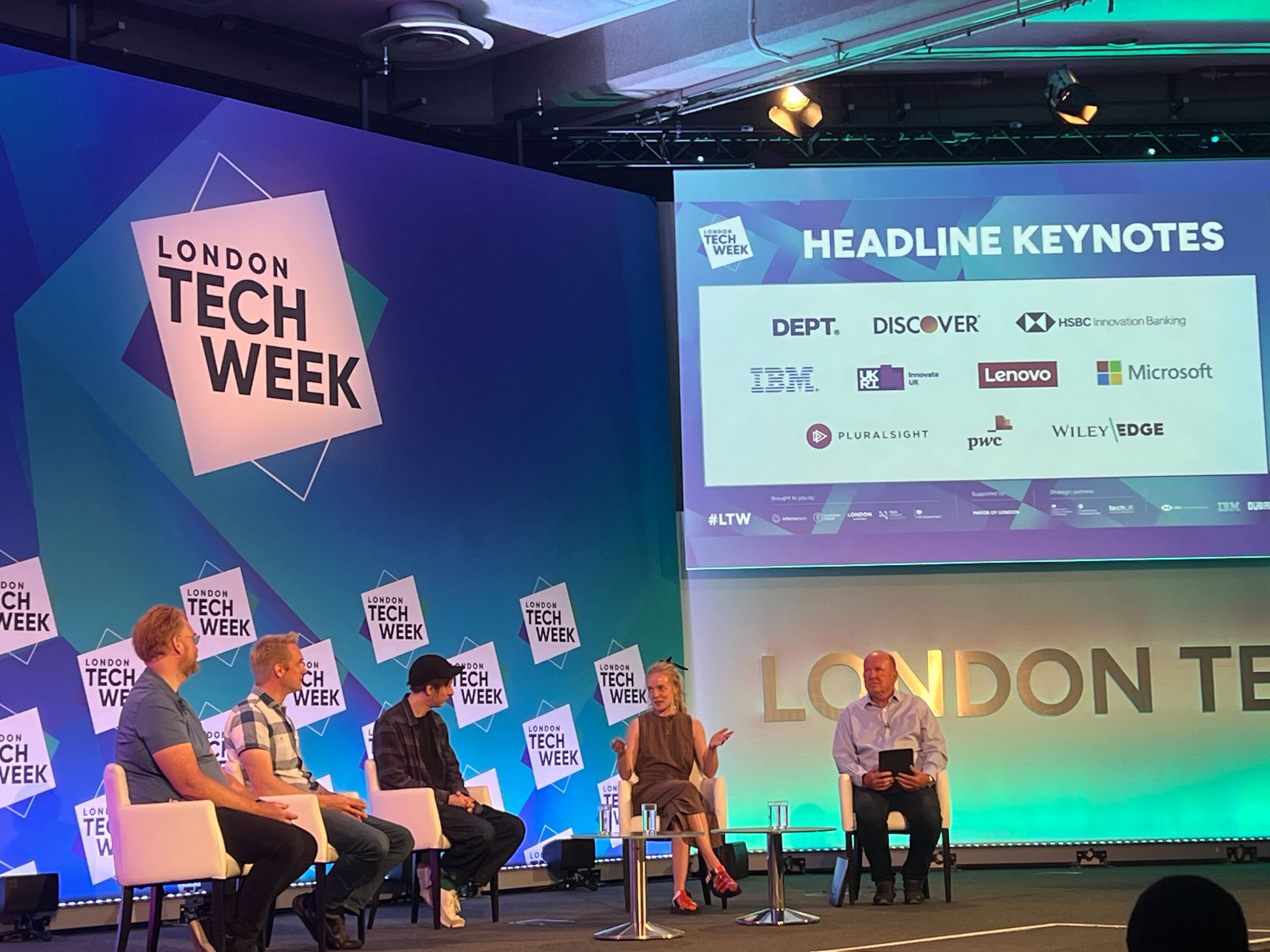
The best way of understanding online universes and why everyone’s talking about their vast potential is by taking a closer look at video games.
Although the gaming industry has been dismissed as simply a source of entertainment, primarily for teenage boys, its impact demonstrates the powerful impact games have had on culture and the way people socialize.
With more than 3 billion active gamers worldwide—over a third of the global population—the gaming industry is far bigger than many people realise. Sir Ian Livingstone, a longtime veteran of the gaming world, estimates that the industry is worth €250 billion and has contributed $7 billion to UK PLC.
Today, the popularity of video games comes from the quality of the experience they provide and the ability for gamers to share that experience with other players.
“It’s amazing what experiences people can have in a space where your physical strength doesn’t matter,” said Kristian Segerstrale, CEO of Super Evil Megacorp, “Where your abilities or disabilities don’t matter, where your location doesn’t matter. You can have incredible experiences between connected people in a way that the physical environment doesn’t allow.”
According to Segerstrale, the concept of the metaverse is the result of three trends within the gaming industry and tech as a whole.
The idea of the metaverse, then, is an immersive online experience enhanced by AR & VR that will take online communities—which are already extremely popular—to the next level.
Among younger generations, gaming is already an overwhelmingly popular way of having fun and socializing. Research indicates that 88% of Gen Z and 94% of Generation Alpha are gamers.
While the term “metaverse” may no longer be the best descriptor for next-level online experiences, the popularity of gaming with young people demonstrates that these experiences represent the future of brand connections and a valuable new revenue stream that’s evenly split between technology and marketing.
“You’re actually going to be driving loyalty by creating engaging experiences that people want to return to,” said Isabel Perry, VP of Emerging Tech at DEPT®.
“And, critically, with the social validation of people like you, which is a really interesting challenge for brands to pursue.”
In some ways, the metaverse is still taking shape.
Popularized VR headsets for the general public and blockchain technology are two examples of how certain components of the metaverse are still in the midst of their development.
Moreover, there’s also the talk of impending regulation. However, even regulations will likely take time to develop as different entities from different countries around the world work to understand the implications of the metaverse.
“It’s like herding cats,” said Mundi Vondi, CEO of Klang Games, “I mean…they’ll take some time.”
However, it’s also important to remember that in many ways, the metaverse is already here.
Within the gaming industry, the concept of interconnected, immersive digital experiences is far from new. And, as previously stated, the gaming industry is extraordinarily popular.
Already, in-game experiences have led to the rise of completely digital concerts, festivals, and community events that are more popular than many in-person equivalents.
“The game industry has come in such a short time, globally, but also here in the UK,” as Kristian Segerstrale reminded us all.
“It really employs more and more people. It has incredible potential between the the UK promise of technology, at its heart is an incredible track record in both areas. I think there’s huge growth potential for the industry, especially as we explore the metaverse in an innovative way.”
VP of Emerging Tech
With a global team of over 300 specialists including solidity engineers, ethicists, economists and game designers, we have been building for Web3 and the Metaverse since 2015. Our pioneering work is fuelled by patented and proprietary technology.
Web3 and the metaverse are the two transformational technologies of the next decade. We partner with businesses around the world to help them understand this evolution and what it means for organisations, people and society.

Driving business transformation and organisational change with education and research.
Sprints & workshops
Hackathons
Education & training
Research
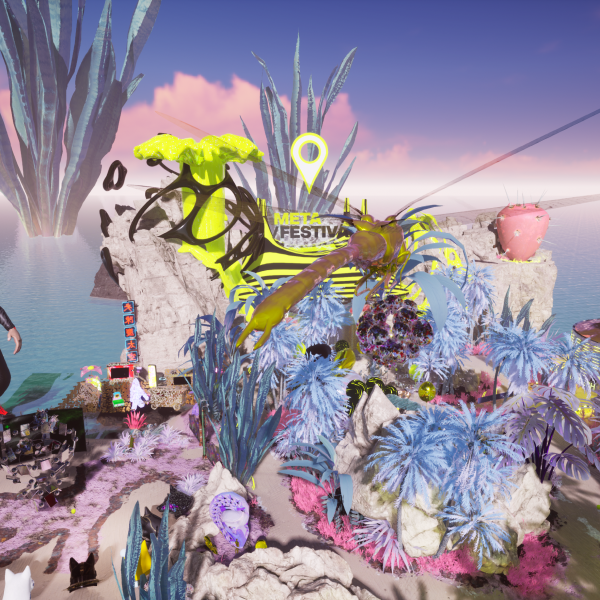
Applying cutting edge R&D to build platform-first immersive experiences.
Web
AR/VR/XR
Gaming
Experiences

Helping clients navigate how blockchain will evolve and advance their business and culture.
Smart contracts
Wallet integrations & Payments
Fiat on and off ramps
DeFi
DAOs
Protocols
Interfaces

An end-to-end partner for token strategy, design, marketing and community management.
Marketplaces
Minting & Collections
Token Gating
Marketing
Community Management
For the first time in the 170-year history of the World Expo, its sense of global community through pavilions, dialogues, celebrations, and above all, inspiration and hope for the future, are accessible from anywhere in the world, redefining what it means to visit and empowering what it means to experience.
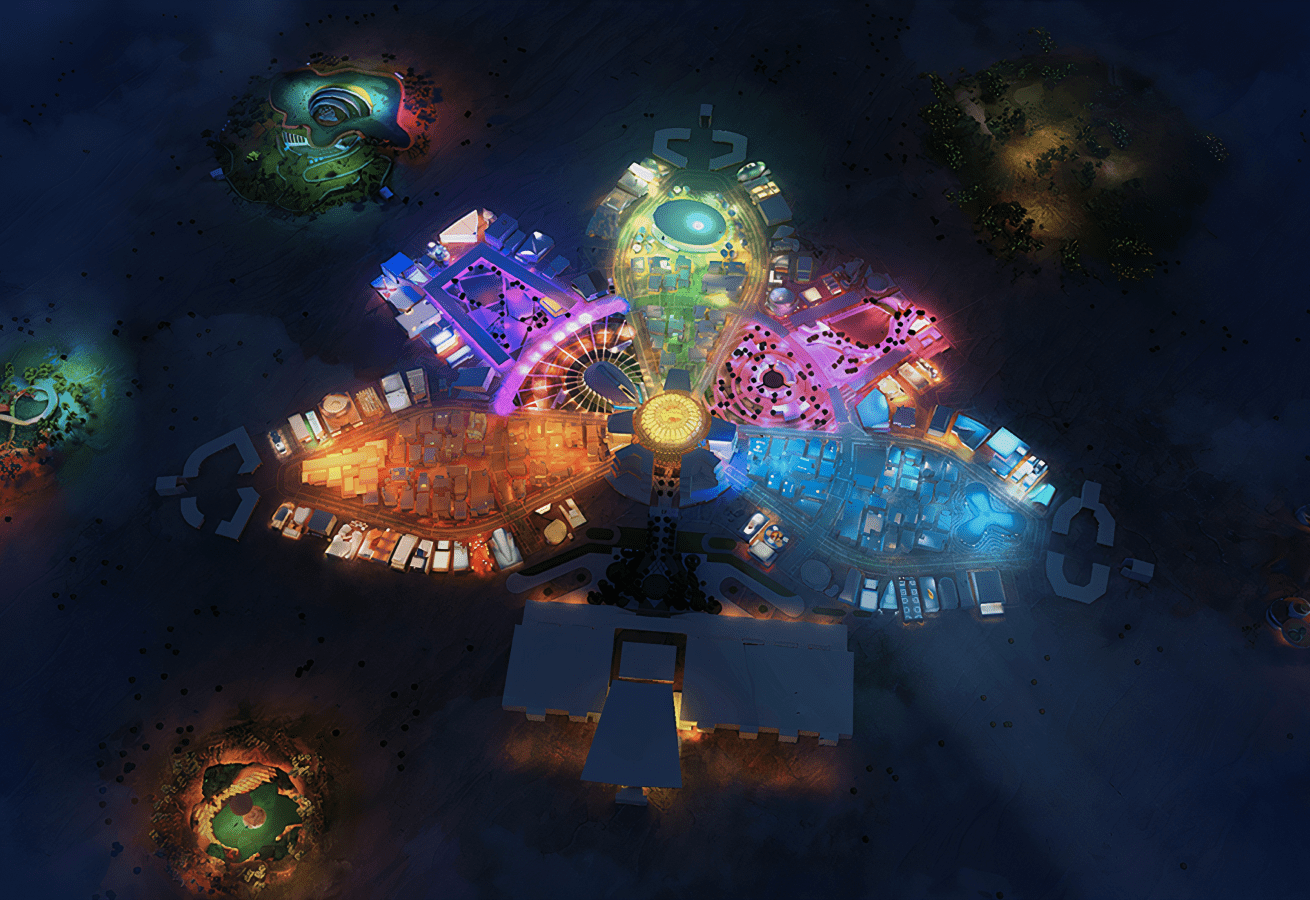
Online Visitors
Custom-made 3D pavilions.
Visitors for the most watched event.
Events
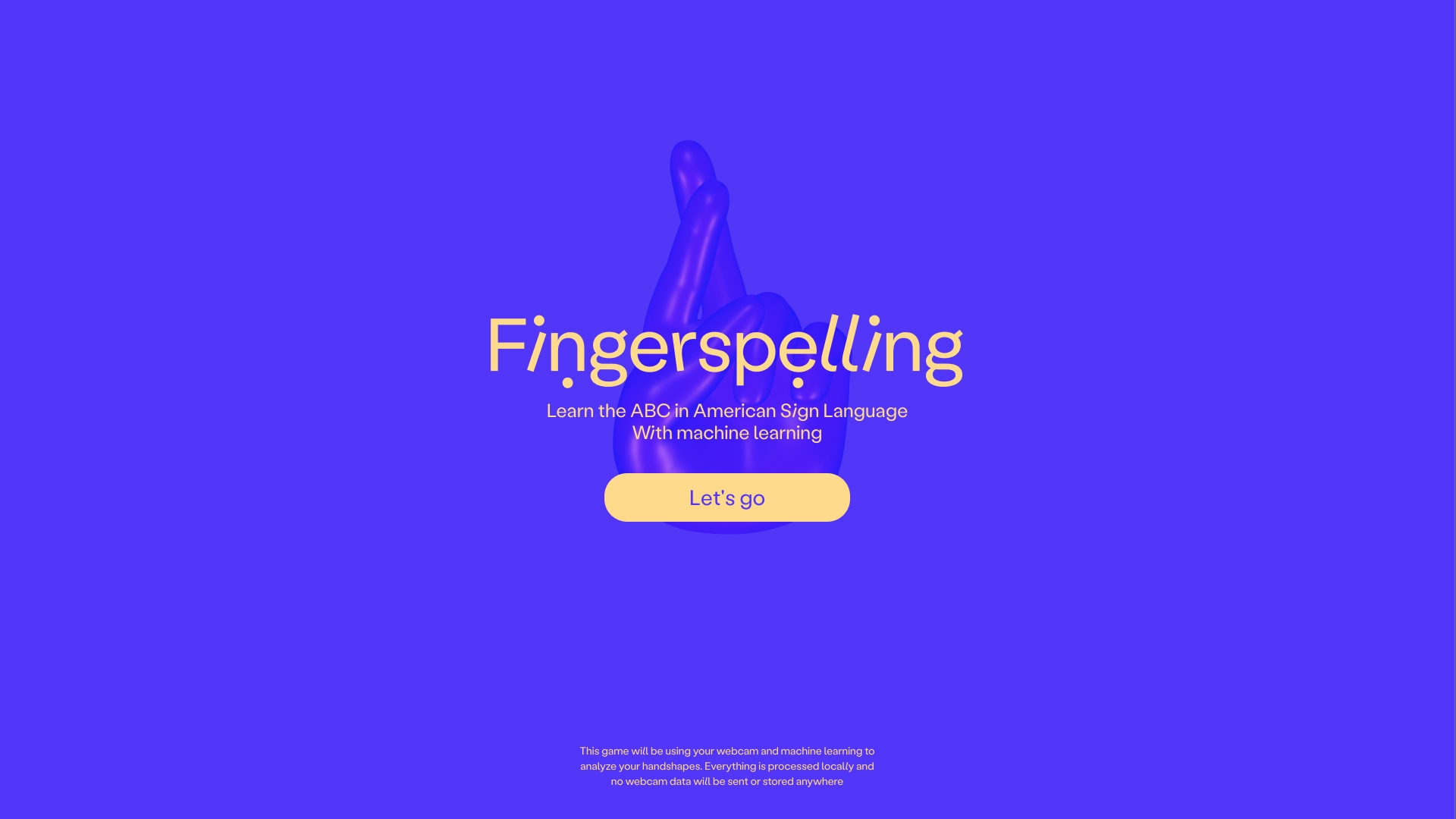

2022
Engineering
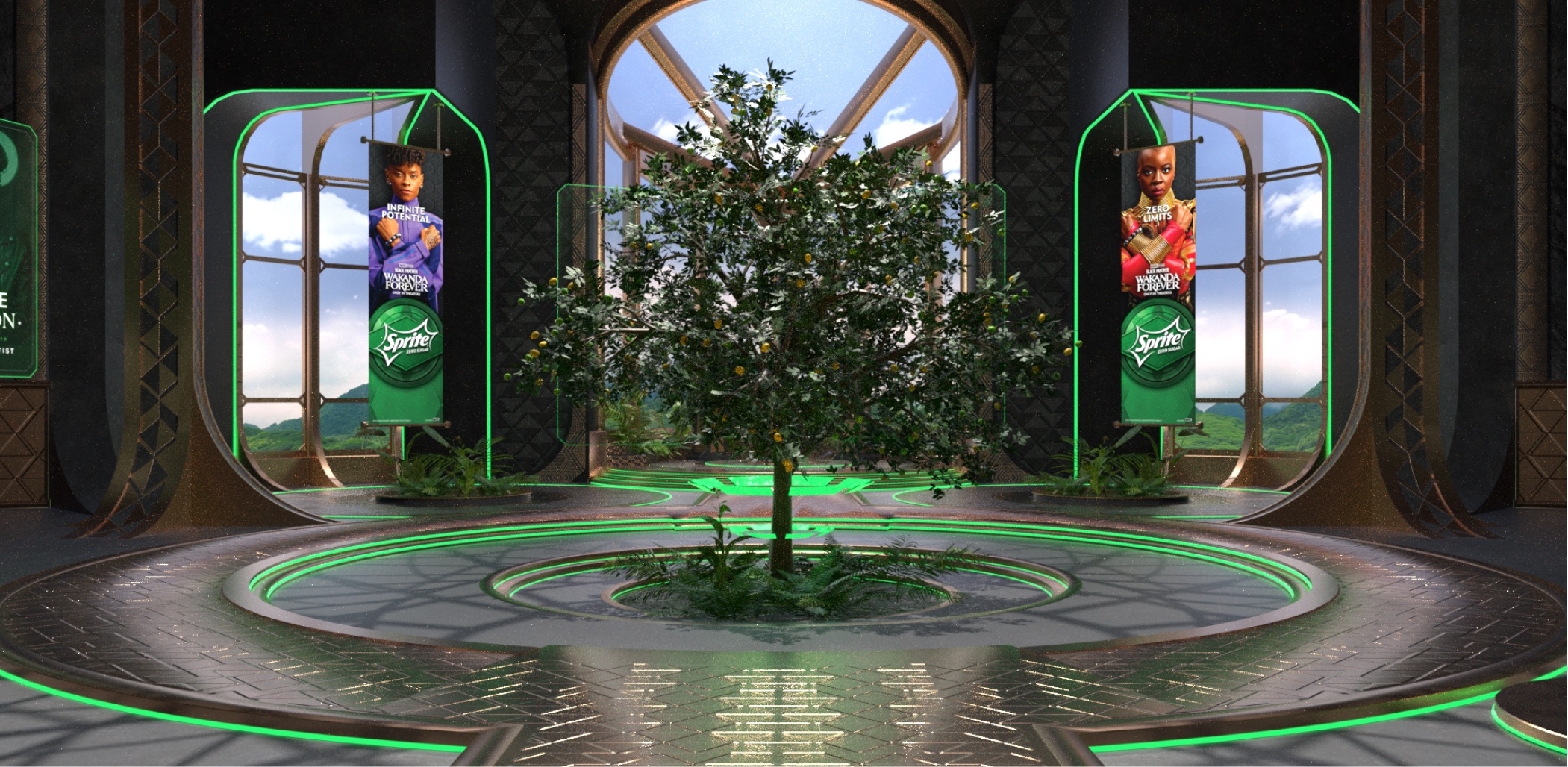

Metaverse
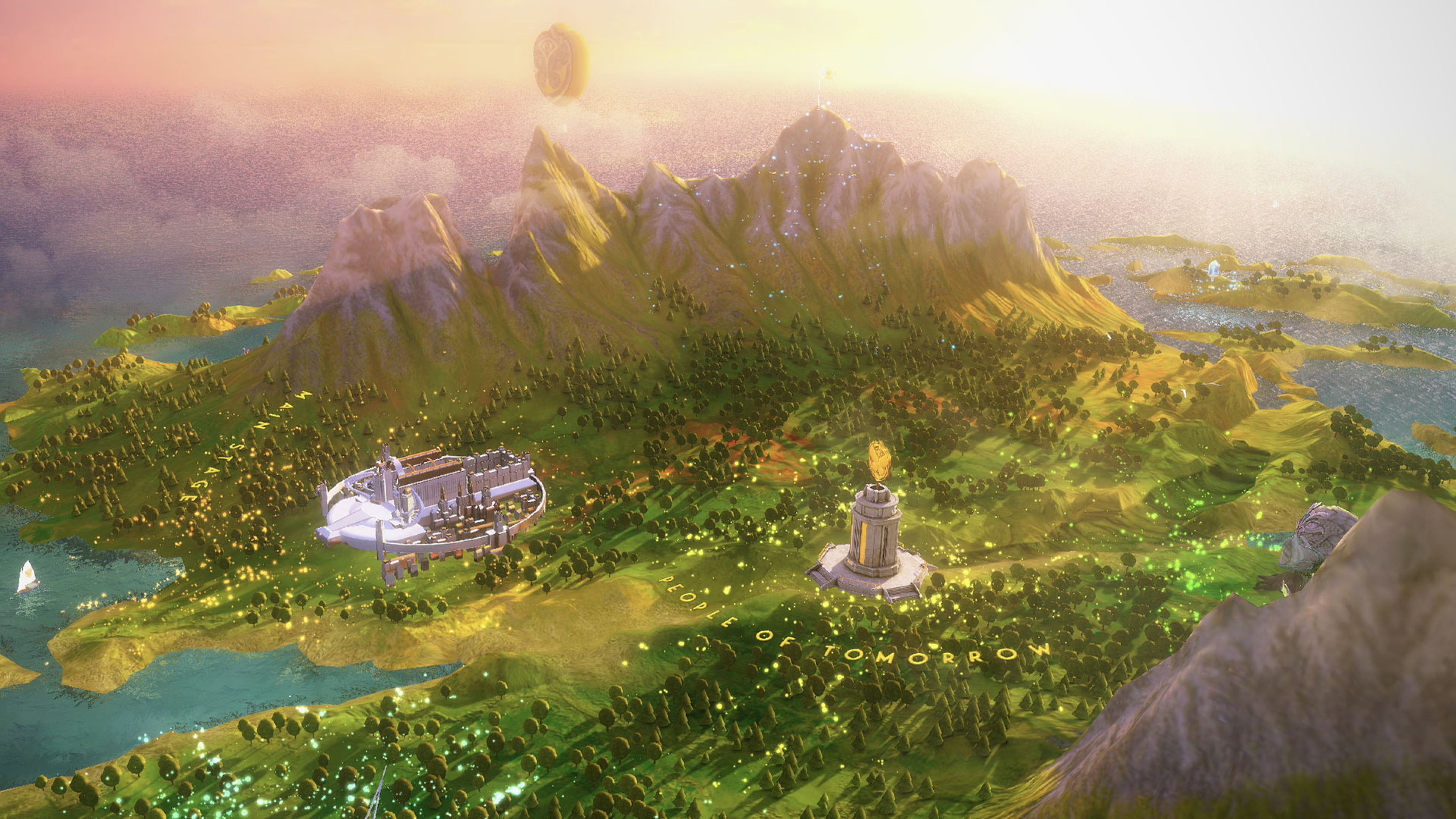

2020
Metaverse
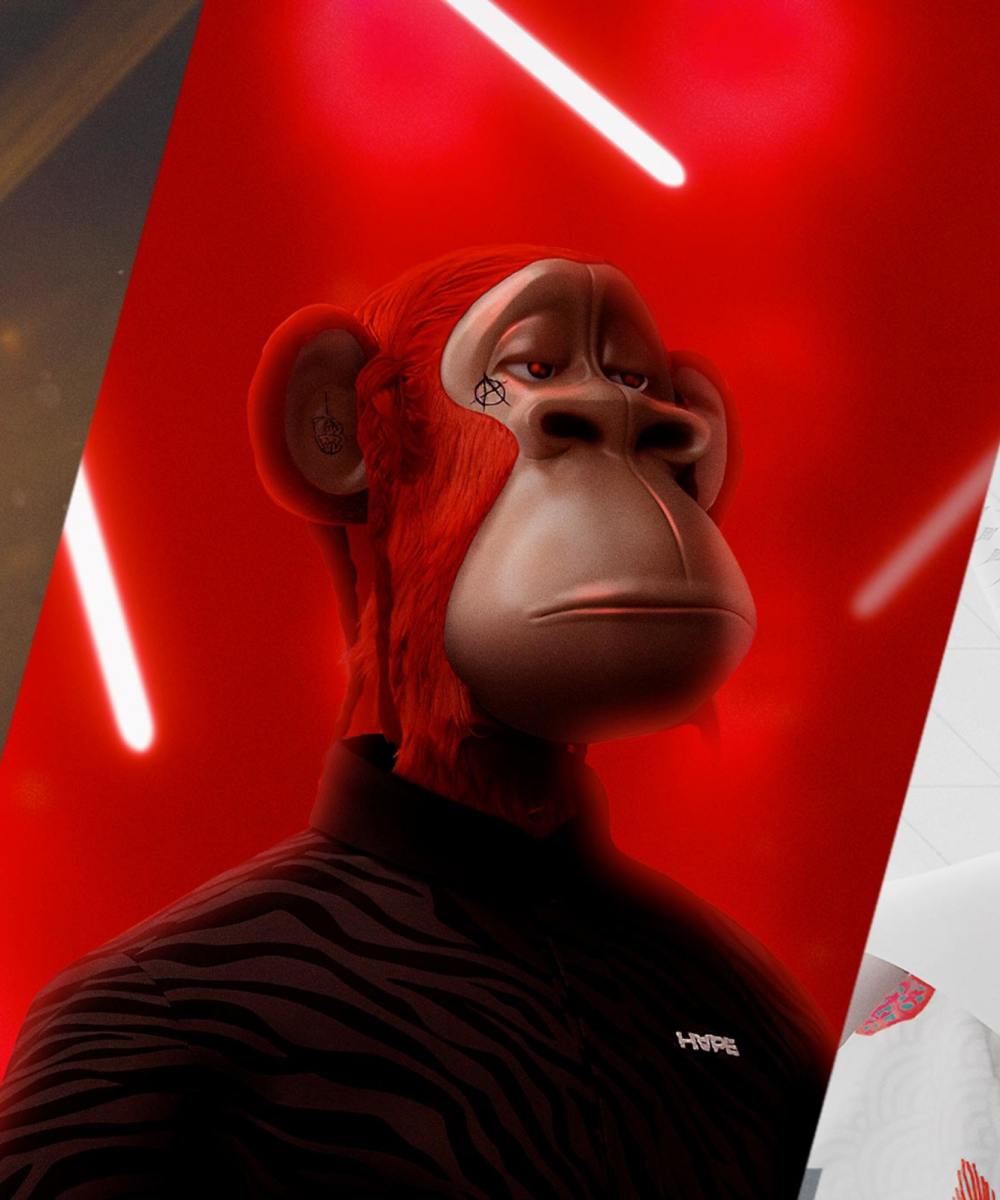

NFT
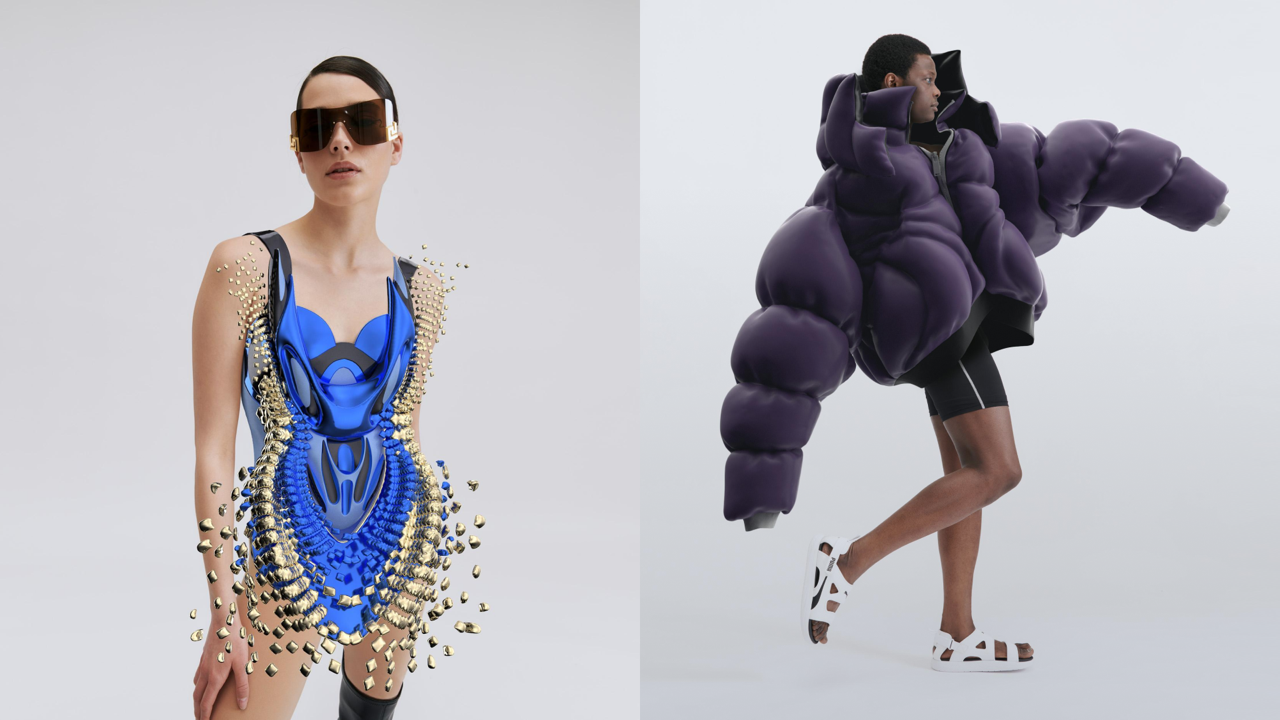

Commerce
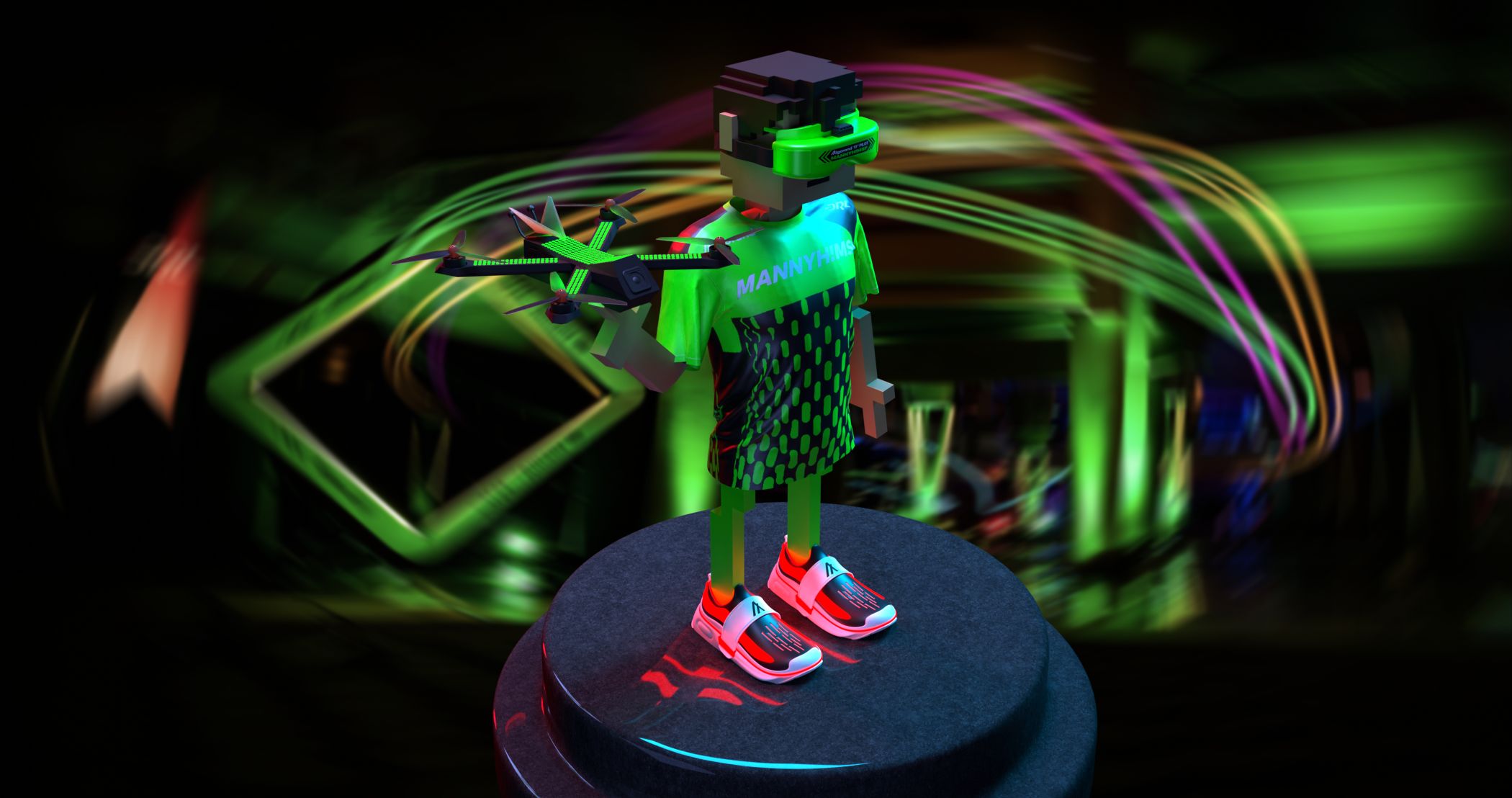

2022
Blockchain
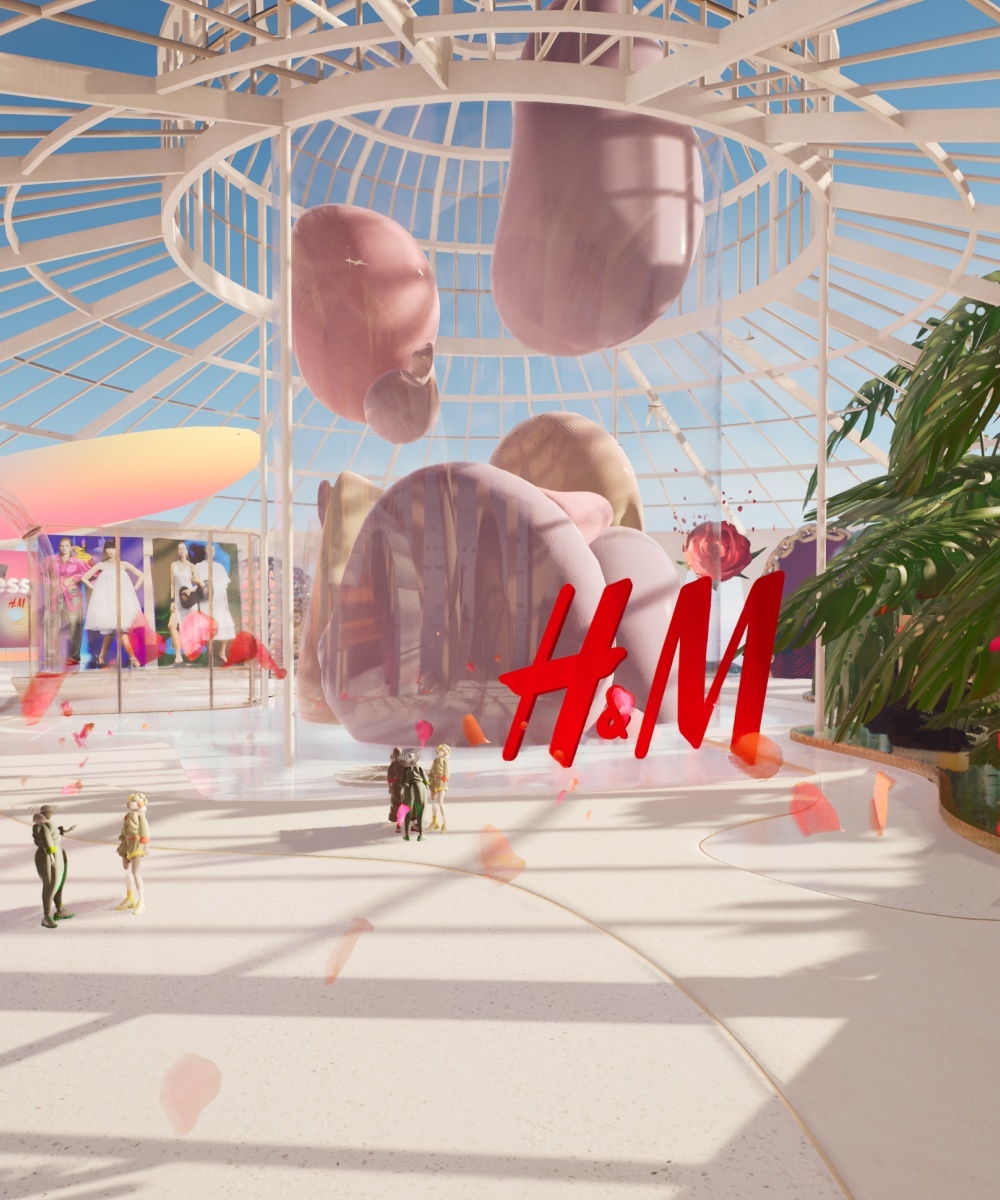

2022
Engineering
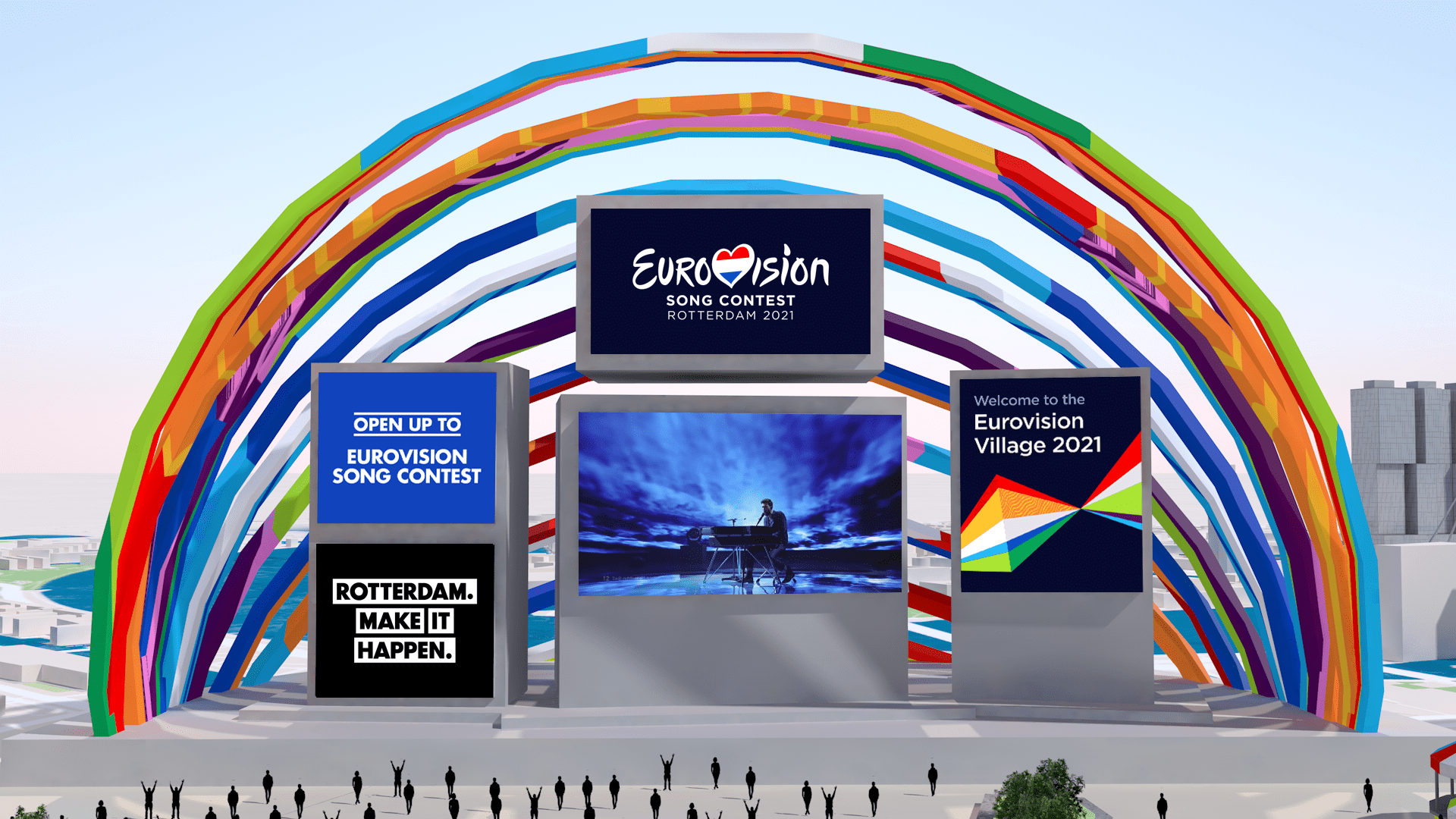

2022
Experience


2022
NFT


2022
Blockchain


2021
Experience


2021
Engineering
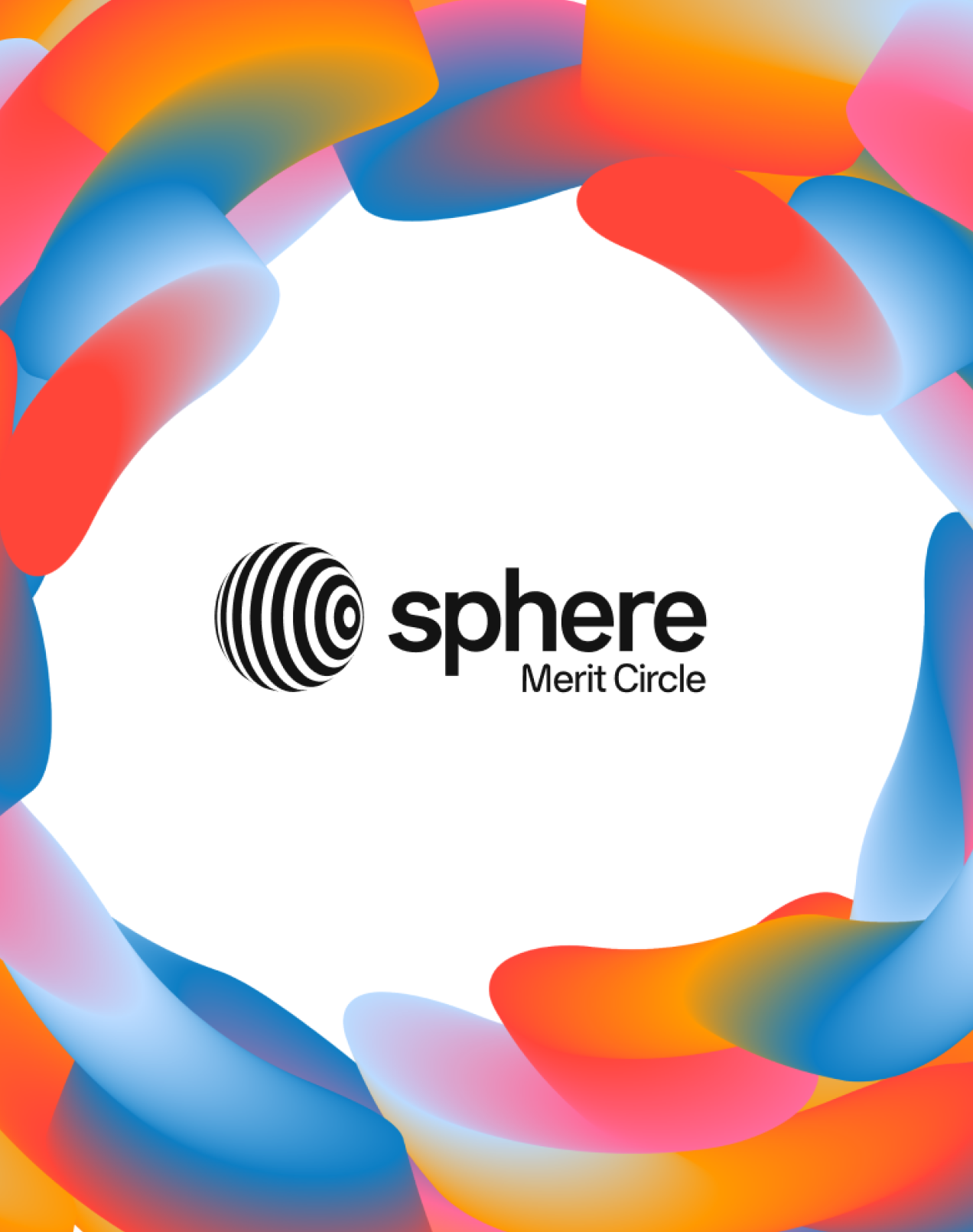

2022
Blockchain
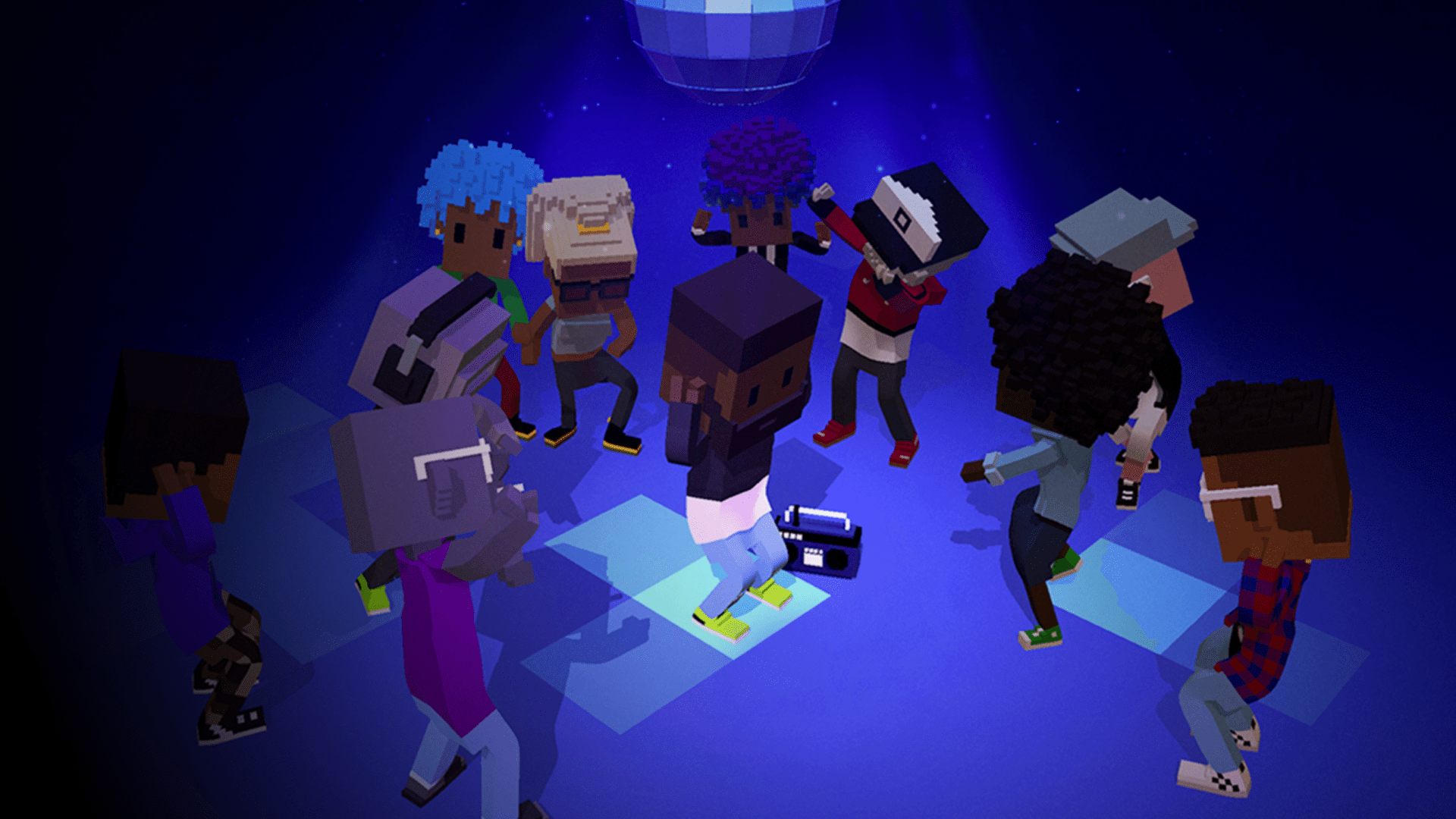

NFT
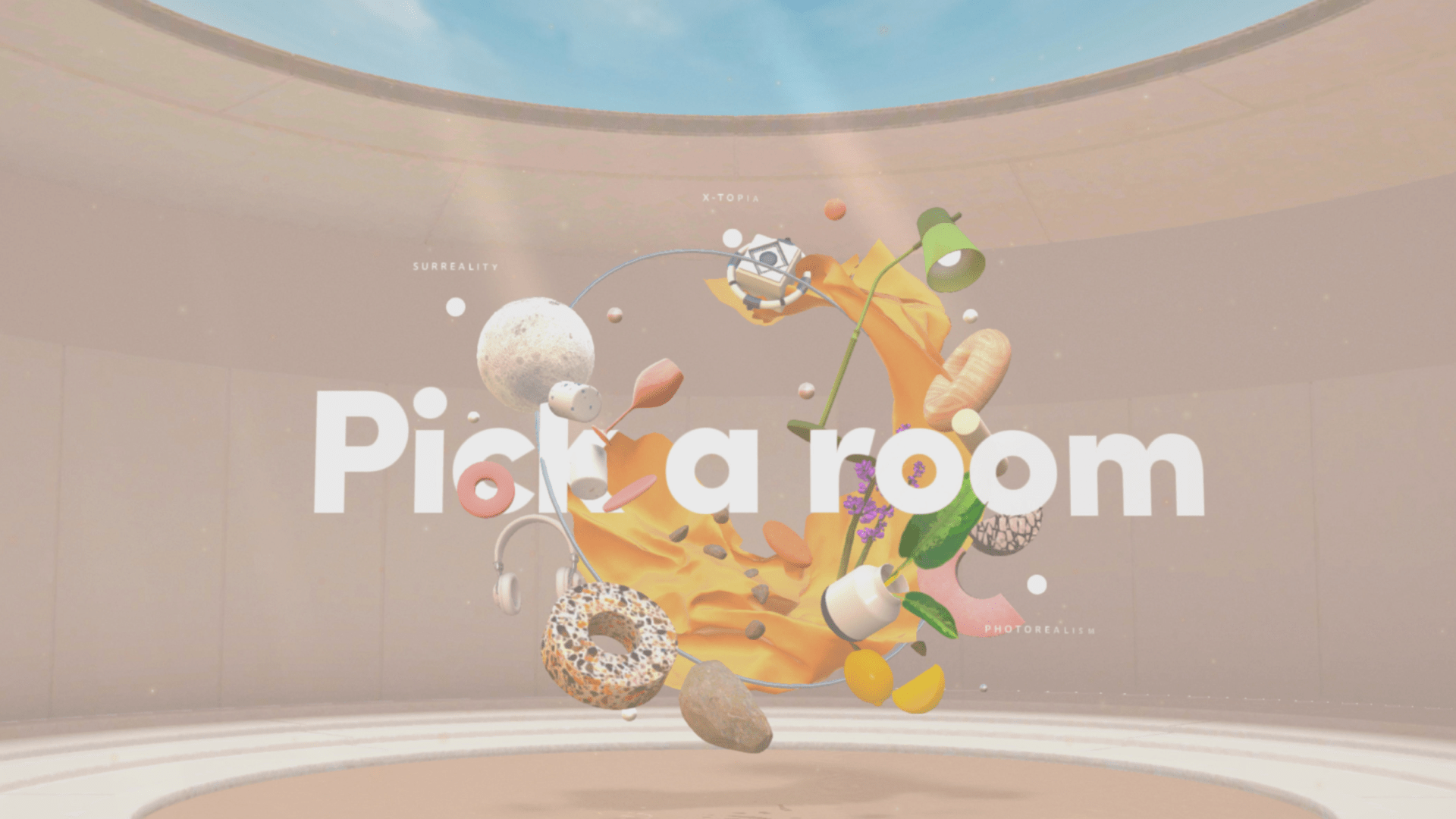

Creative
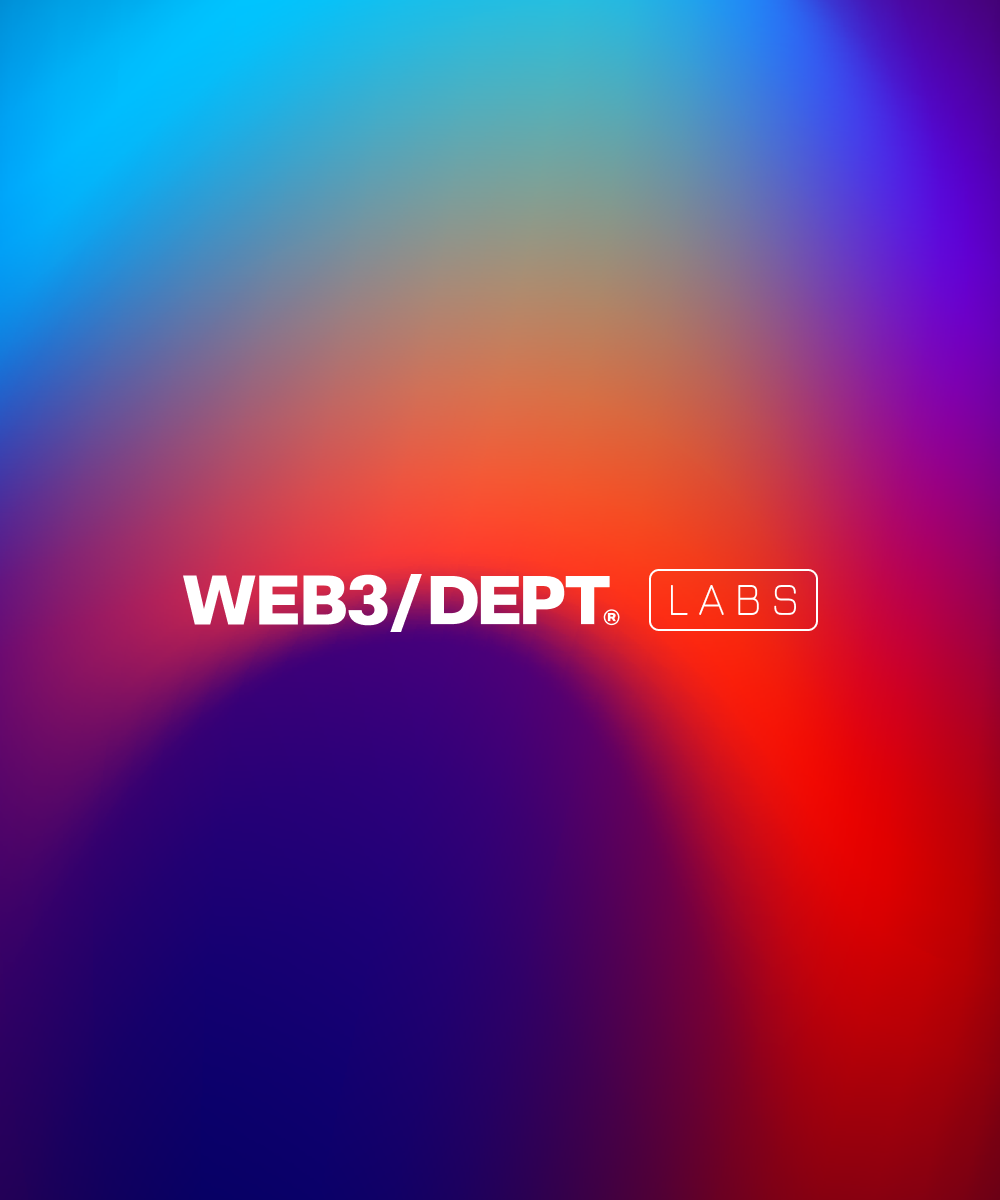
Our platform, WEB3/DEPT® Labs, is a nine step course that will teach you and your team the building blocks of Web3.
Learn More






















































We understand these are unchartered territories. We partner with our clients to learn what works and what doesn’t. Reach out, we’d love to connect, consult, and share our insights and expertise regarding your questions about your future with Web3.
At the OMR Festival 2023 in Hamburg, we held the masterclass Virtual Showrooms, Metaverse, Roblox & Co. – How Brands Use New Web3 Technologies to Connect with Gen Z & Alpha. We took a look at best practices as well as the opportunities, challenges and first use cases of the two brands essence (cosnova GmbH) and H&M. We showed our audience how to start sustainable Web3 projects as a brand or retailer and how to build long-term relationships with young target groups.
Couldn’t attend the masterclass? No problem! We have summarized the most important takeaways for you below.
The development of Web3 compares to the emergence of the internet in the 90s. Websites were initially perceived as superfluous because the focus was on TV and print. The same was true for e-commerce in the 2000s, as it was firmly believed that consumers did not need online shops because in-store shopping was preferred. We saw it yet again with mobile apps in the 2010s, as customers preferred to shop for products on their desktop. But now in 2023 we know how important all these new channels and developments have become for today.
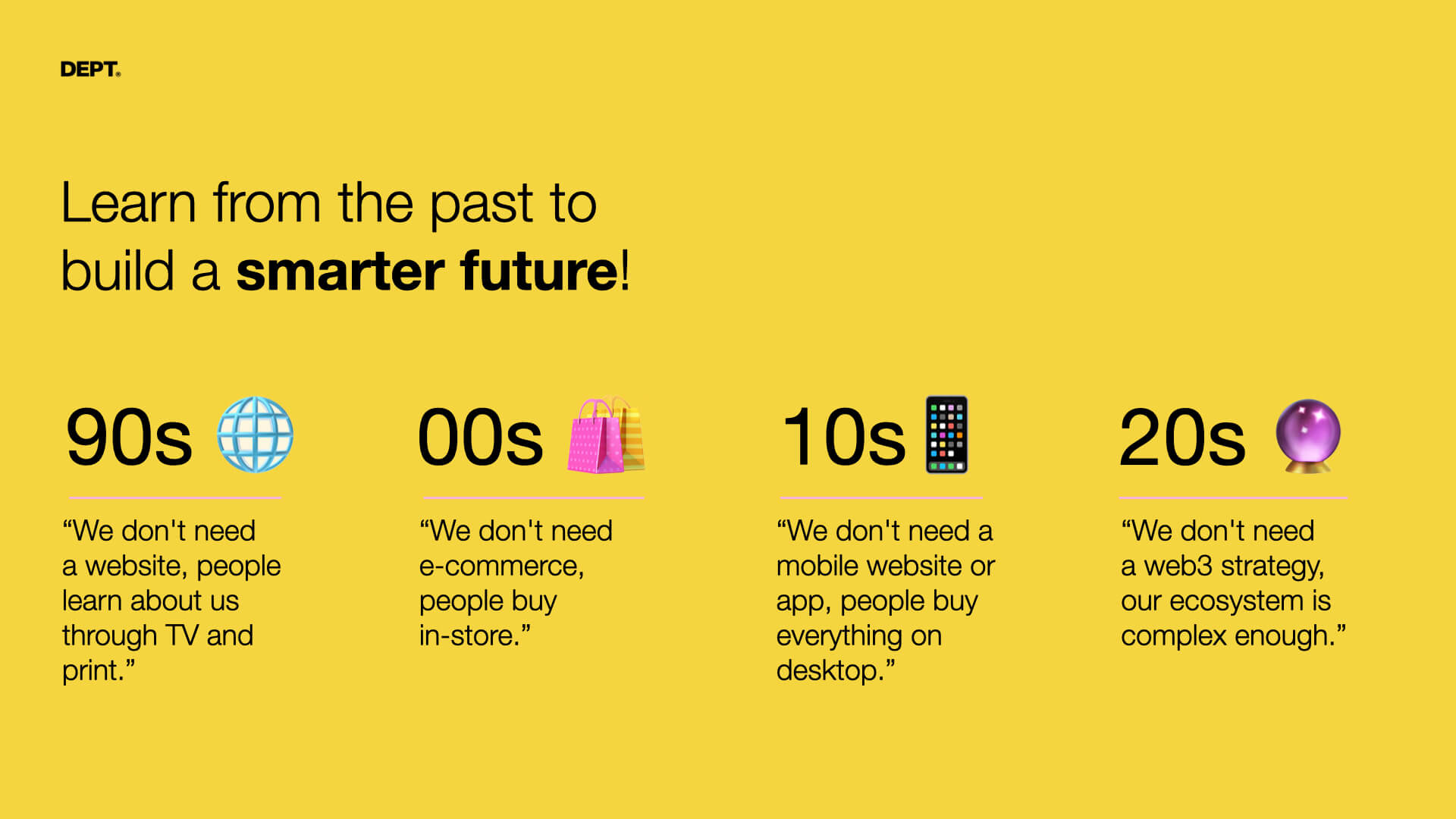
This development story repeats itself once more with regard to Web3, AI and gaming. Those who resist today because they are convinced that these are only short-lived trends will likely be surpassed by their more savvy competition tomorrow.
Now is the time for companies to come to grips with Web3, AI and gaming, before it explodes. Many brands are already dealing with this and already in the starting blocks to launch their Web3 experiences, if they haven’t done so already.
Gen Z and Alpha already spend 25% of their free time gaming and in virtual worlds. This is more time than that spent with any other type of entertainment, like Netflix or social media (!). That’s why these types of platforms offer the perfect touchpoint to reach the young target group and build or strengthen a relationship with them.
The combination of emerging technologies with a new generation of consumers with new needs and different media consumption behaviour, is leading to a paradigm shift. Most notable? The shift from flat to immersive and from social to gaming and meta.
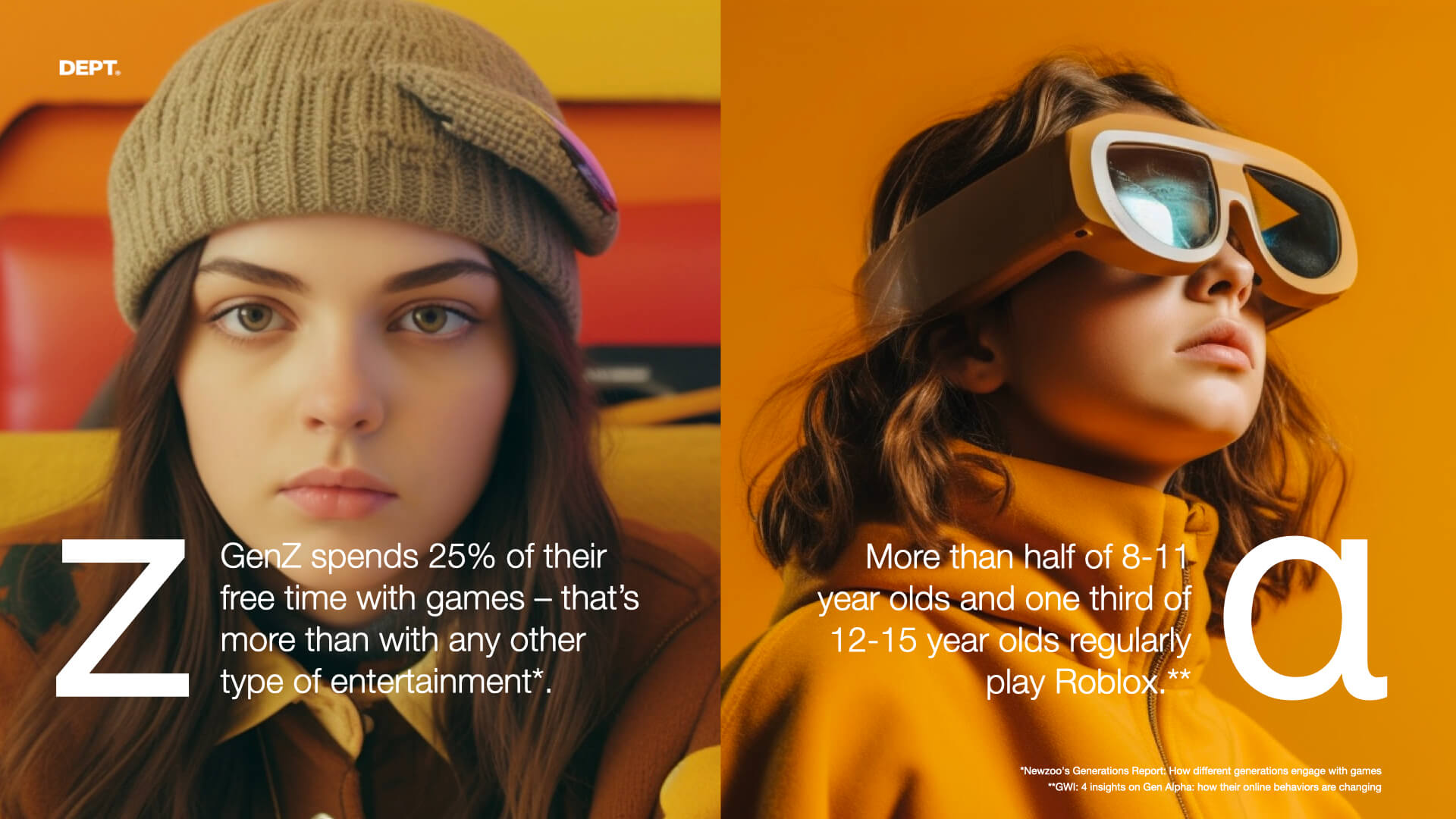
Roblox currently has an average of 67.3 million daily active users, which is just one more reason to evaluate and implement Roblox as a possible touchpoint. Stay tuned for more information on how essence will use Roblox coming soon!
The virtual showroom that DEPT® and Journee developed for H&M launched the fashion brand’s Web3 Innovation journey. It has increased visibility and relevance for Web3 across the entire company. Feedback from Gen Z on the showroom was 85% positive and 69% said the showroom had sparked their interest in a virtual H&M brand experience. H&M subsequently enhanced the Showroom for a concert by a popular band in the Philippines and the Average Time Spent was 12.5 minutes (!). In addition, the survey of users showed that there is major interest in Phygital Items with an NPS of around 98%.
On the whole, we are seeing a shift in consumer behaviour altogether: Gen Z & Alpha spend significantly more time in virtual worlds than previous generations. For brands, this means that it is now high time to invest in Web3, AI and gaming to avoid being overtaken by the competition.
Want to learn how to plan or take your Web3 strategy to the next level to build long-term relationships with young audiences? Let’s talk!
Product Director: Web3
H&Mbeyond is the innovation hub of the well-known Swedish fashion company H&M Group. Together with startups and innovators, its team drives forward future-oriented projects. H&Mbeyond approached us to create the first-of-its-kind, Metaverse project for the H&M brand: the Virtual Showroom.
In keeping with the current zeitgeist, H&Mbeyond approached us with the idea of expanding H&M’s physical showrooms with a digital showroom. Based on the former, it should reflect the brand’s identity and values, just virtually instead of physically. A space without opening hours, where a wide variety of target audiences such as influencers and stylists, customers, employees, and the press can meet and learn more about H&M and its collections. The Virtual Showroom was to serve as a central point for meaningful exchanges in an immersive environment. Targeted tours by the H&M showroom team were intended to inform the audience about current trends and topics such as sustainability and new, innovative materials.
The number of visitors, countries of origin and the average time spent in the individual areas (which can be helpful for future brand activations), were defined as KPIs for this new showroom. KPIs including click rates of downloadable materials and qualitative feedback from showroom guests and media stakeholders are to follow soon.
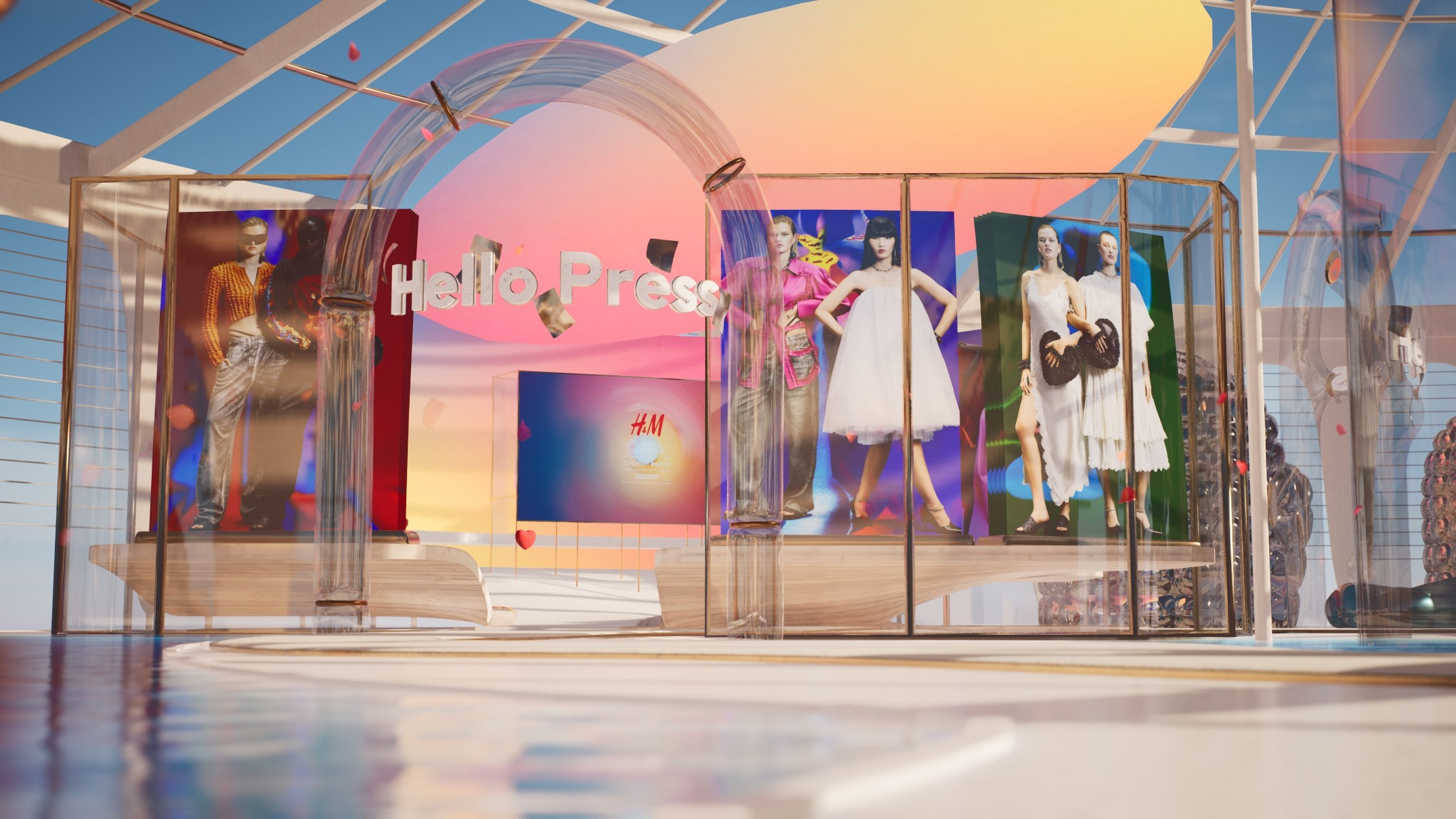
How can we experience clothing when we can’t touch it or wear it? What added value does a digital experience offer visitors and customers? Together with our partner Journee – The Metaverse Company™, we explored solutions to these questions to develop a virtual, custom-fit world for H&M. In the H&M Virtual Showroom, content on H&M’s innovation topics and sustainability efforts are presented, alongside ‘information zones’, designed especially for the press or users interested in a conversation.
The look of the showroom is based on the DNA of the H&M brand, with appropriately designed areas for the most important topics such as the ‘Sustainability Garden’ (where information on the innovative material ‘AirCarbon’ is shared), or the H&M Home influencers meeting area.
The ‘Campaign Room’, accessible through a portal, is where the new H&M Innovation Stories campaign ‘Cherish Waste’ is interpreted in a fascinating new way. Here, Creative Director Ann-Sofie Johansson and Concept Designer Ella Soccorsi give insights into the design process of the collection and the campaign, as well as the materials used in the clothing. The highlight of this room are the six main pieces of the collection which dominate the room as detailed, oversized 3D graphics. The flowing movement and vivid colours of the graphics really bring the pieces to life. Special Collections, in particular, lend themselves to the creation of such individual spaces, with a wide variety of brand activation options and providing unique, added-value for the visitors and the H&M showroom team.
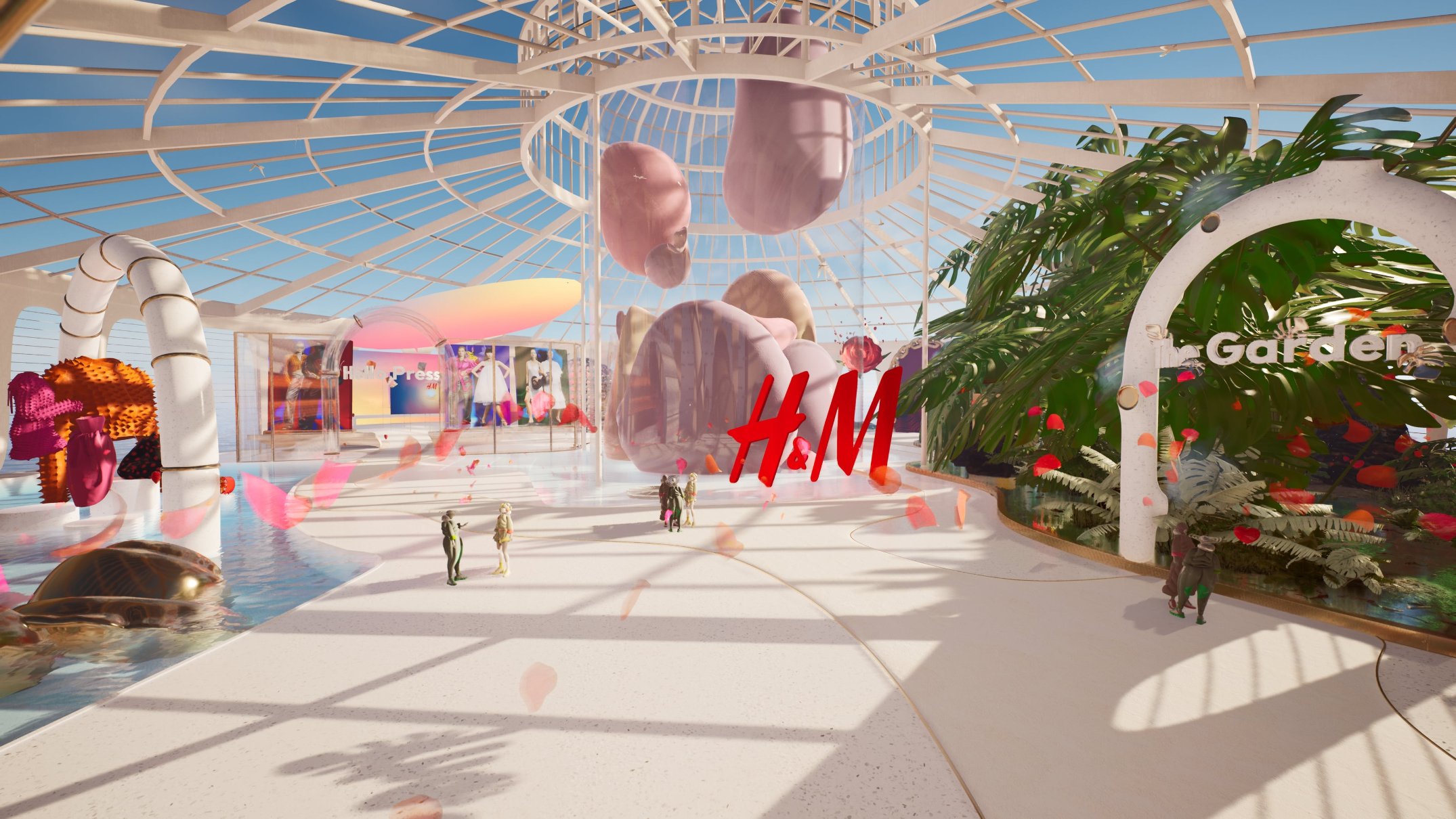
We developed all of the components mentioned above together with Journee and in close cooperation with H&M. The vision of the showroom grew piece by piece; our strategists developed the concept, and the designers brainstormed, scribbled and designed creative mood boards based on the creative direction of the campaign and the H&M brand DNA.
With the help of H&M’s user insights, we designed the user flows for the influencers, stylists and journalists at an early stage, which provided the necessary guidance during the creative process. With the design ideas sharpened, we continued to optimise the concept and content until everything could be implemented (virtually) by Journee, using Unreal.
The first test tours in the Virtual Showroom, plus the positive feedback and ideas received from H&M stakeholders, helped us to round off the H&M Web3 experience. Paths were rerouted, trees moved, images swapped, and descriptions added.
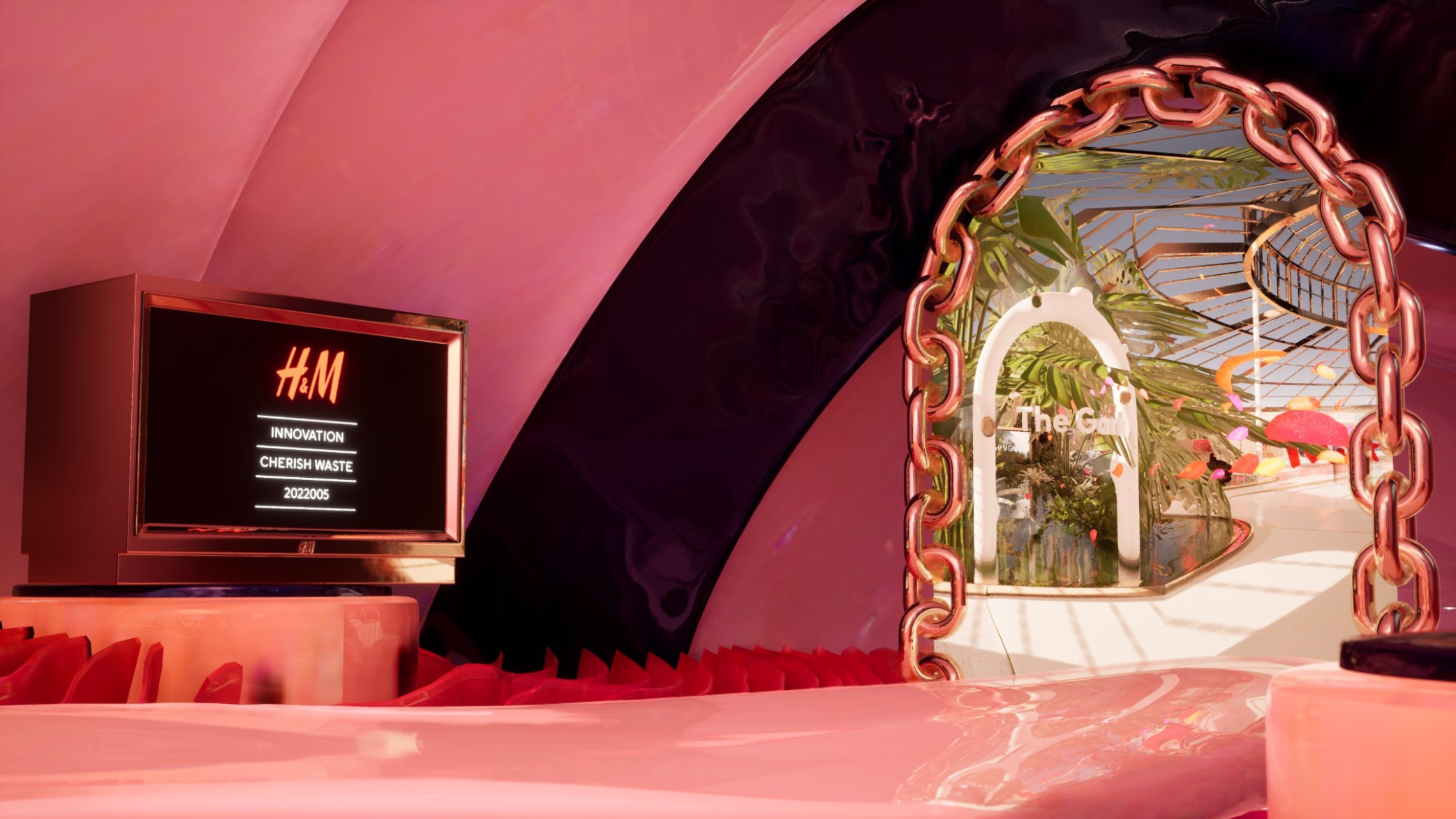
The three avatar designs represent an important message: the need for more diversity and inclusion in fashion. With the avatars, users can move freely in the Virtual Showroom, so we paid special attention to user guidance, orientation and the order in the rooms. Even inexperienced users can navigate through the showroom with the help of various aids and explanations, helping them to discover everything in a playful way. Thanks to the separate rooms and different areas in the H&M Virtual Showroom, users can explore and experience the brand and the respective collections, or they can quickly find what they are looking for by simply teleporting to their desired destination.

A survey carried out with Gen Z visitors to the Virtual Showroom has resulted in very positive feedback:
69% of the respondents said that the showroom had aroused their interest in a virtual H&M brand experience.
In addition, 80% of the respondents are already interested in participating in a virtual H&M brand experience as an H&M Hello member.
Finally, 85% of the visitors surveyed rated the virtual showroom experience as very positive.
“Previous digital press meetings were nothing compared to this experience. Amazing space and visual execution, i.e. 3D moving garments in campaign room.” GLAMOUR
“Congrats to the space. In love especially with the visuals.” VOGUE
“Super cool to experience such an entirely new and imaginary environment. Love the photo booth to share.” FASHION UNITED
“Within only 12 weeks, we created a first-of-its-kind metaverse experience with the team from DEPT® and JOURNEE, which not only triggered positive feedback from the target group and a remarkable press echo. The project is also the impetus for further innovation projects within the H&M Group. I am looking forward to further collaboration with the team and am excited to see how we will shape Web3 together in the future.”
– Oliver Lange, Head of H&Mbeyond.
By working in true collaboration throughout an iterative process, the requirements of H&Mbeyond.’s innovation approach were optimally understood and implemented. In the future, the Virtual Showroom is expected to host events such as launches, meetings, and concerts for larger audiences, all in addition to the presentation of new collections.
“H&M’s Virtual Showroom is designed as a space for brand activations such as fashion campaigns. These are brought to life in a whole new and exciting way, combining innovation, digitalisation and sustainability. It makes me very proud to see how much energy, heart and soul our colleagues across countries and departments have put into this project. We are looking forward to exploring the potential in the countries of the Central Europe region and beyond.” Thorsten Mindermann, Regional Manager, H&M Central Europe.
After the great success of the virtual showroom and the positive feedback from the target groups, H&Mbeyond also wanted to offer an immersive experience to the end consumers. After extensive pitch and evaluation phases with a focus on Gen Z, the idea for the first virtual concert in the Metaverse was born. To build on the success of the Virtual Showroom with Love as quickly as possible, local and global marketing teams at H&M developed a concept in record time. In developing the immersive experience, the aspects of engagement and community were at the very top of the agenda. H&M finally managed to get the five-member ‘P-Pop’ boy band BGYO to perform the concert and realise it together with Journee and the existing technology. A new area was created in the existing showroom.
The result exceeded H&Mbeyond ‘s expectations. For example, the concert dominated social media channels and was covered by the TV station CNN Philippines. Communication about the virtual event eventually went viral. After the concert, some participants were surveyed. According to this survey, the interest in such immersive experiences is very high. In addition, the great demand for products in the form of physical and digital merchandise of the band motivated H&Mbeyond to think further in this direction.
At our DEPT® Commerce Day 2022, Oliver Lange from H&Mbeyond. and Jan Gutkuhn, Director Web3 at DEPT®, talked about the creation of the Virtual Showroom with Love.
Take a look behind the scenes and get exciting insights on the topic of The Road to metaverse commerce in the following video.
Director Marketing & Business Development
With an increase of 32% in seven years, there now are 3.09 billion active video gamers worldwide. Top that off with the growing influence that Web3 has on gaming and the possibilities are up for grabs. Merit Circle noticed these opportunities and wasted no time. DEPT® worked alongside Merit Circle to develop a Web3 gaming platform that boosts gamers’ experiences.
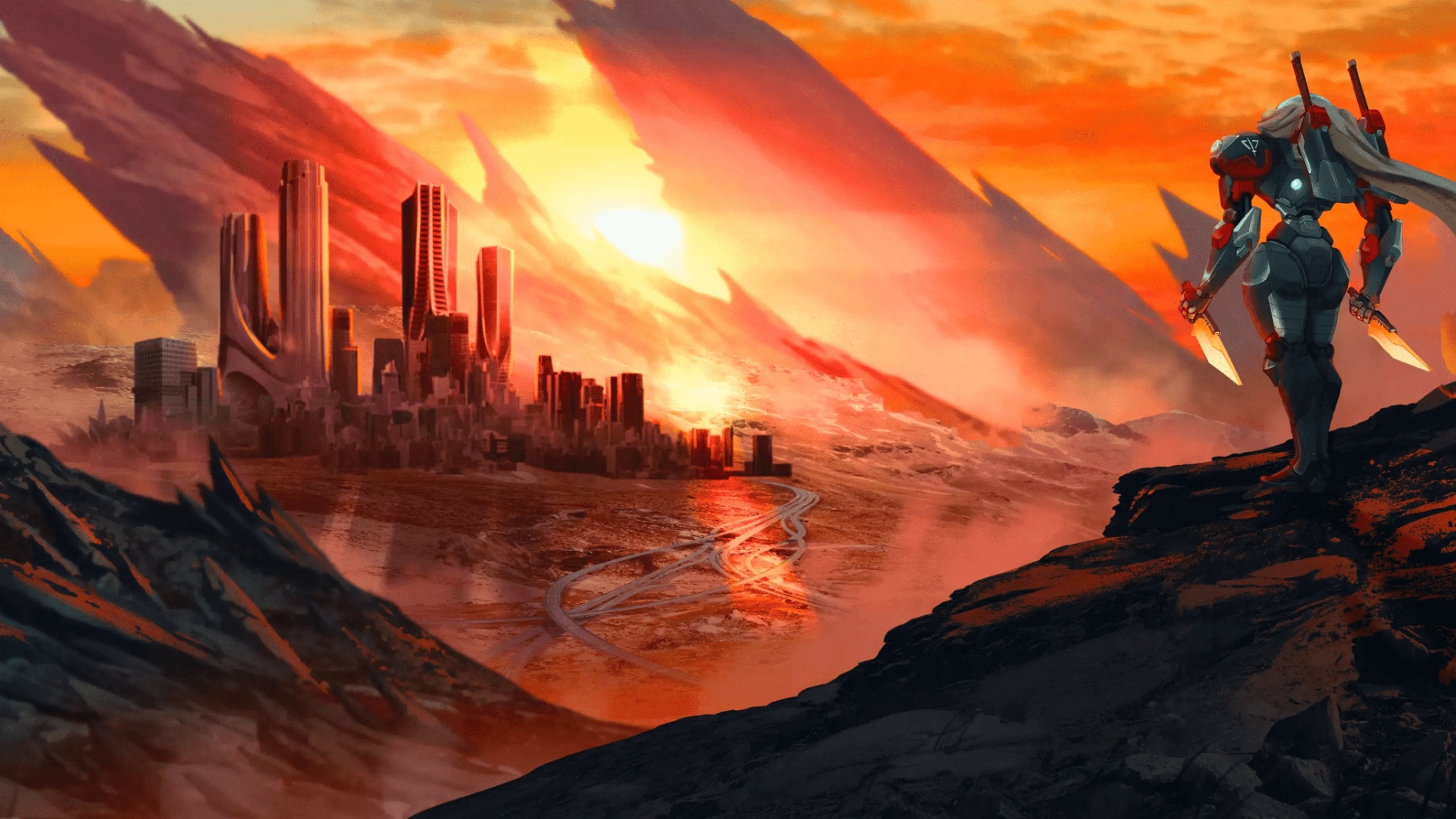
Web3 gaming is known but unexplored by most gamers worldwide. This comes as no surprise, because the current Web3 onboarding experiences have not been pleasant (to say the least).
Historically, there have been difficulties with wallets, trouble obtaining the right in-game tokens, and volatile pricing on NFTs. .That’s why the Merit Circle Web3 gaming platform developed by DEPT® features user-friendly onboarding to Web3 and its relatively unknown functionalities. With just-in-time learning, we guide the user through the platform, explaining new concepts on-the-go.
Altogether, the platform shifts the focus from a difficult and unpleasant familiarisation with Web3, to what it’s all about: gaming.
The ability to leave the physical realm for just a moment is what gamers crave. . The visual-heavy design of the platform emphasises this feeling: it transports users inside a game while exploring. To help gamers decide what to play, we give them a sneak peek through pieces of insight and gameplay. Moreover, guides and community help improve each gamer’s performance. By listening to the gamers’ needs and leveraging Web3’s possibilities, Merit Circle and DEPT® created a platform that lives and breathes gaming.
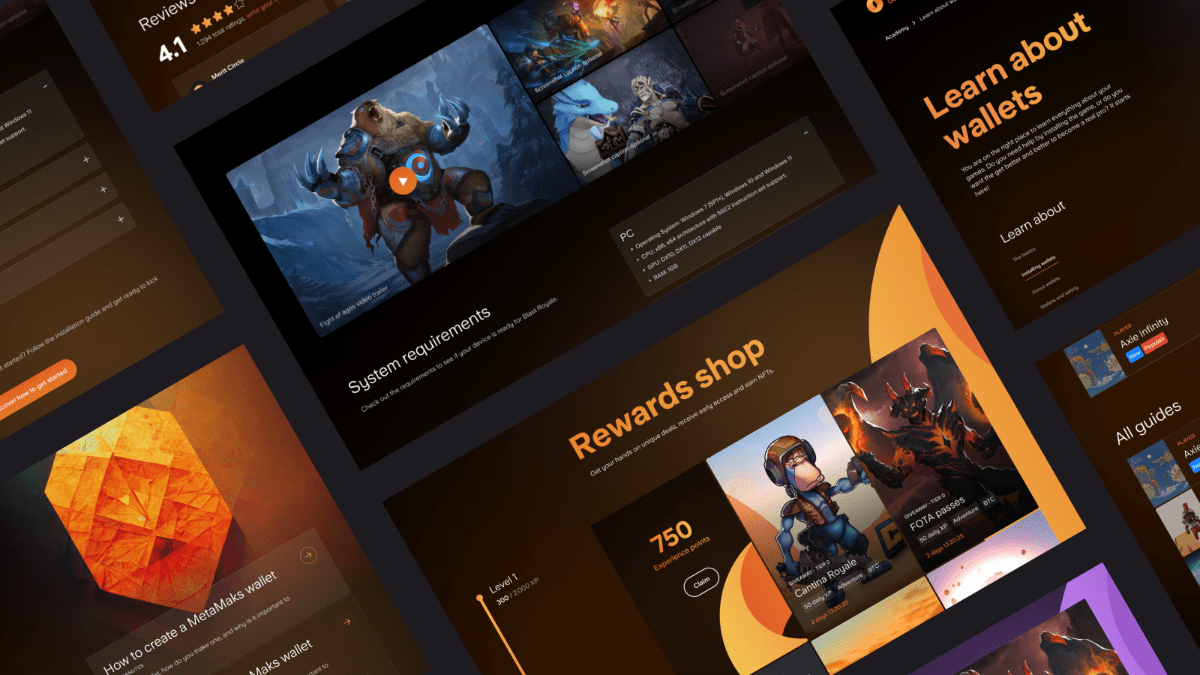
After attracting, activating and engaging gamers, you want to retain them. To achieve this, DEPT® blended gamification into the platform.
For example, participation earns you experience points (XP) which levels you up. Leveling up is part of the social component, creating competition between gamers and making them feel like part of the community. It also comes with early access, NFT drops and other rewards. These gamification elements result in a strong and loyal community.
Thale Sonnemans, COO at Merit Circle
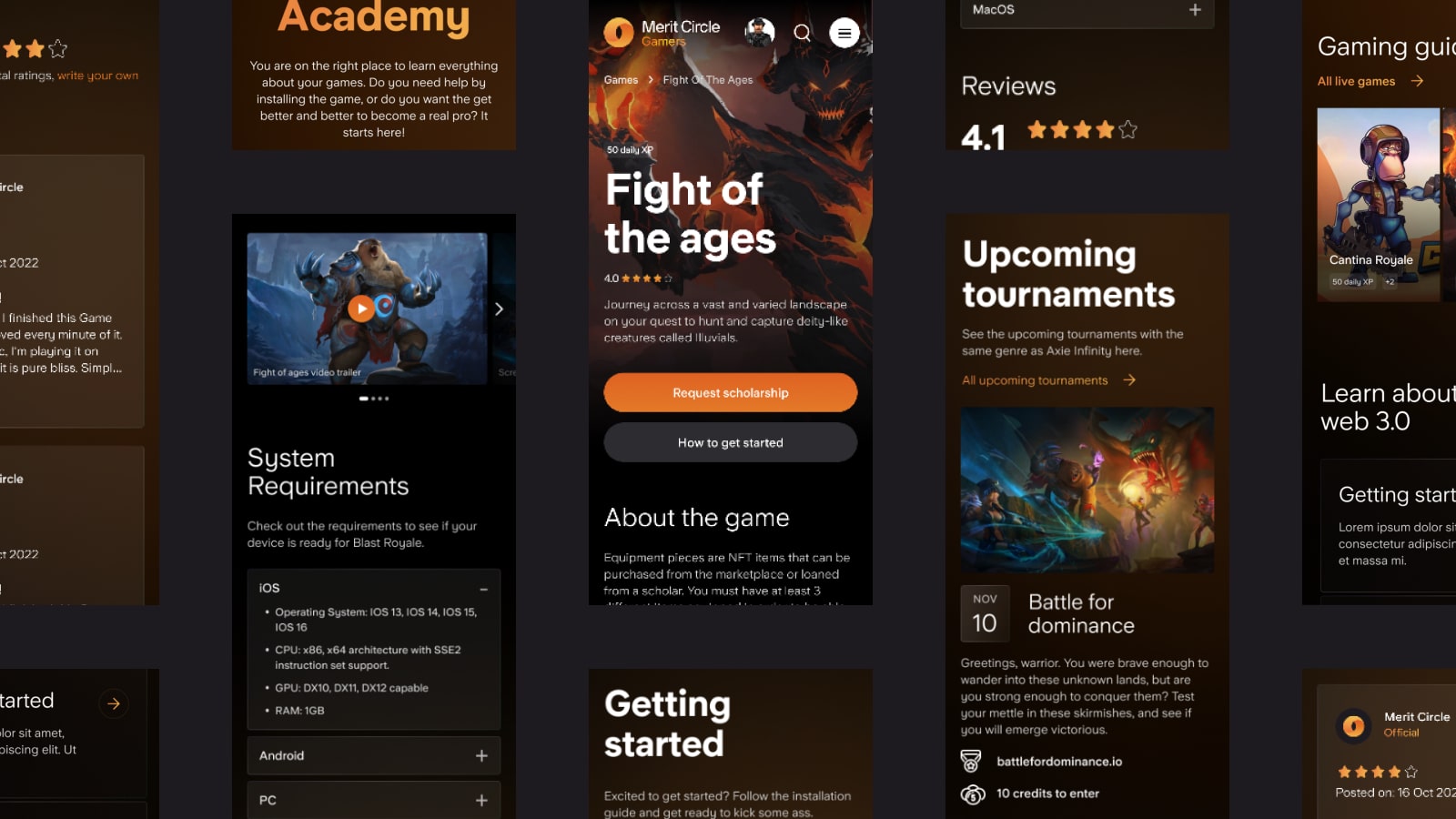
DEPT® guides Merit Circle in forming a dedicated team to sustain the platform and improve as the industry evolves. Possible future additions are team play, leaderboards, automated tournaments, and the development of a two sided platform that will increasingly connect gamers and game developers.
Merit Circle aims to raise the industry standard by developing a platform that covers everything a gamer could need. They are expected to be a kingmaker in the new land of Web3 gaming.
Strategist
Discover more
DEPT® has launched WEB3/DEPT® to support the fastest growing segment of its business. The 300-person team, which has been responsible for 5% of DEPT®’s revenue this year, will help clients experiment with blockchain technology, build immersive experiences in the metaverse and deliver multi-layer strategies for launching NFTs.
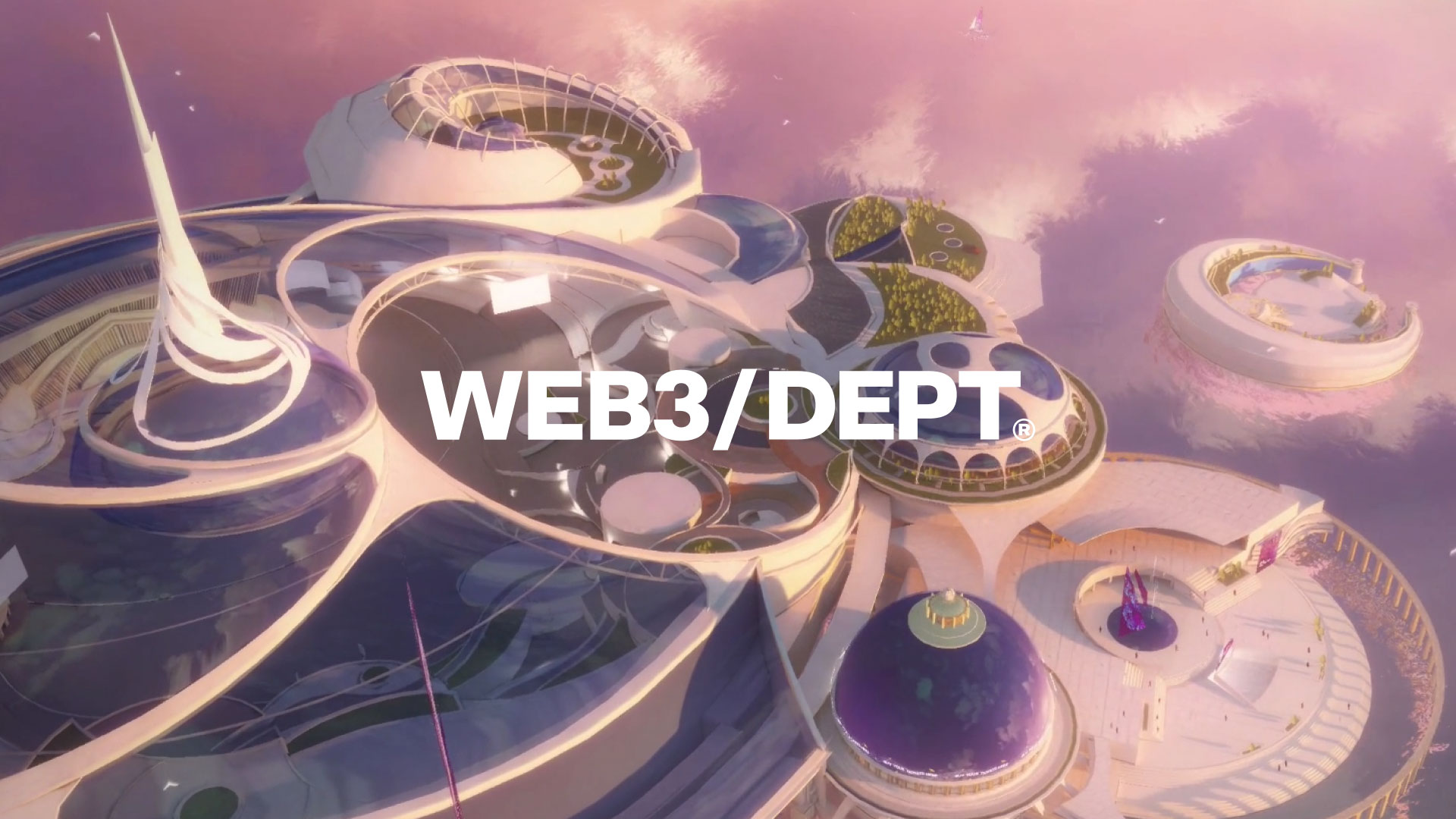
“Web3 and the metaverse are the two transformational technological evolutions of the next decade,” said Isabel Perry, vice president at WEB3/DEPT®. “But it’s hard for CMOs and CIOs to figure out where to start. Over the last two years, we’ve helped so many brands to redefine the way they interact with their customers that we feel it’s time to combine all this expertise and knowledge under the WEB3/DEPT® banner.”
The team has worked on over 60 Web3-focused projects, including industry firsts and award-winning work for brands like H&M, Tomorrowland, SPIN, Eurovision, Sprite (together with Marvel) and Dubai World Expo, as well as Web3 natives including HAPE, Circle, Dequency, Yuga Labs and Merit Circle.
DEPT®’s Web3 experience is grounded in a heavy tech focus and dates back to 2015 when it helped build the first-ever crypto bank with Circle. Since then, the agency has built expertise on blockchain applications and marketplaces, including creating Algomart, the world’s first open source solution built on the sustainable Algorand blockchain for launching an NFT marketplace.
DEPT® is also responsible for a number of immersive experiences across the web, AR/VR/XR, gaming and the metaverse, including:
“Web3 feels a bit like mobile back in 2006 – still in its infancy but bound to be impactful for everyone, everywhere,” said Dimi Albers, CEO at DEPT®. “We want to lead the charge and help our clients navigate these transformational technologies for the next decade. We think the combination of our strong intellectual property, track record of delivering more than 60 web3 projects, and our diverse mix of engineers, creatives and strategies who ’get’ the web3 vision sets us apart, along with our ambitious R&D plans across EMEA, the US and Asia Pacific.”
WEB3/DEPT® will make it easier for clients to tap into the agency’s expertise in Web3 business transformation, blockchain technologies, immersive web experiences, AR, VR, gaming and the metaverse, as well as proprietary solutions for blockchain, webGL, pixel streaming and blockchain education. The team will also introduce a new Web3 Labs platform to help both clients and employees better understand web3 fundamentals, including the difference between crypto coins and crypto tech, why decentralised tech is here to stay, and primers on wallets, NFTs, DAOs, marketplaces, stablecoins, etc.
Founded in Amsterdam in 2015, DEPT® is made up of more than 3,500 people in seventeen countries across five continents and hit $500 million in revenue this year. The Certified B Corporation was named Agency Network of the Year at the Webby Awards and Agency of the Year by the Lovie Awards, including more than 30 awards for its pioneering Web3 work.
VP of Emerging Tech
With a global team of over 300 specialists including solidity engineers, ethicists, economists and game designers, we have been building for Web3 and the Metaverse since 2015. Our pioneering work is fuelled by patented and proprietary technology.
Web3 and the metaverse are the two transformational technologies of the next decade. We partner with businesses around the world to help them understand this evolution and what it means for organisations, people and society.

Driving business transformation and organisational change with education and research.
Sprints & workshops
Hackathons
Education & training
Research

Applying cutting edge R&D to build platform-first immersive experiences.
Web
AR/VR/XR
Gaming
Experiences

Helping clients navigate how blockchain will evolve and advance their business and culture.
Smart contracts
Wallet integrations & Payments
Fiat on and off ramps
DeFi
DAOs
Protocols
Interfaces

An end-to-end partner for token strategy, design, marketing and community management.
Marketplaces
Minting & Collections
Token Gating
Marketing
Community Management
For the first time in the 170-year history of the World Expo, its sense of global community through pavilions, dialogues, celebrations, and above all, inspiration and hope for the future, are accessible from anywhere in the world, redefining what it means to visit and empowering what it means to experience.

Online Visitors
Custom-made 3D pavilions.
Visitors for the most watched event.
Events


2022
Engineering


2020
Metaverse


NFT


Commerce


2022
Blockchain


2022
Engineering


2022
Experience


2022
NFT


2022
Blockchain


2021
Experience


2021
Engineering


2022
Blockchain


NFT


Creative
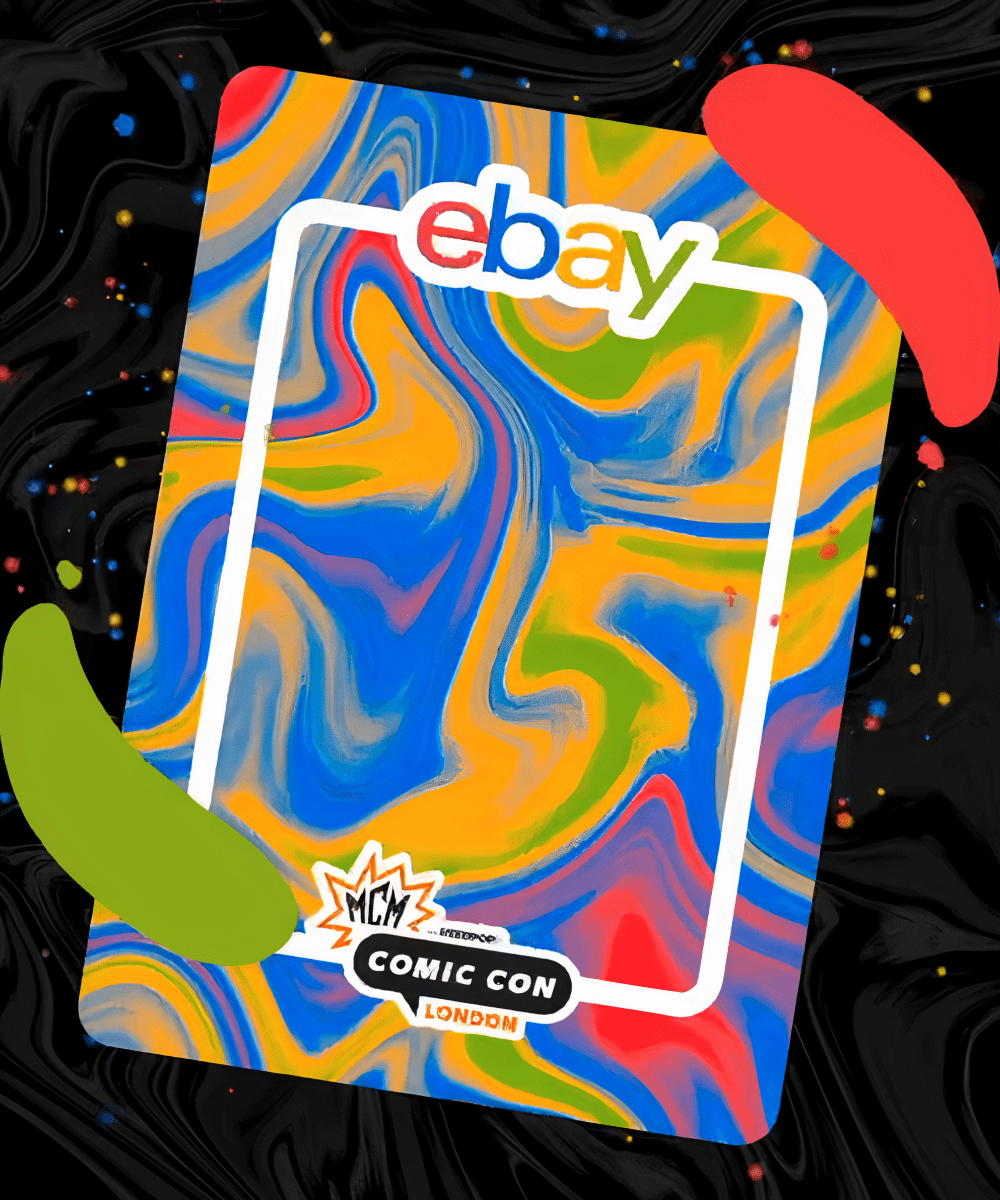

2022
NFT

Our platform, WEB3/DEPT® Labs, is a nine step course that will teach you and your team the building blocks of Web3.
Learn More

































































We understand these are unchartered territories. We partner with our clients to learn what works and what doesn’t. Reach out, we’d love to connect, consult, and share our insights and expertise regarding your questions about your future with Web3.
Welcome to web3, a new kind of internet.
Where web2 was defined by corporate giants, web3 is defined by a host of revolutionary new technologies. From AR and AI to machine learning and blockchain, these technologies have created a wealth of opportunities for decentralization and innovation.
Web3 has the potential to fundamentally change the way that brands and consumers interact with one another. Many brands are already experimenting with NFTs and virtual worlds (aka the metaverse) to drive brand awareness and increase customer loyalty in a way that just isn’t possible through traditional social media or ecommerce channels.
As the lines between the physical and digital world continue to blur, brands have the opportunity to create new business models, forms of commerce, entertainment and more. Let’s look at a few brands that are diving right in.
H&Mbeyond is the innovation hub of the well-known Swedish fashion company H&M Group. In keeping with the current zeitgeist, H&Mbeyond wanted to expand H&M’s physical showrooms with its first-ever digital showroom.
The brand partnered with DEPT® and Journee to create an immersive space.
Here, a wide variety of target audiences such as influencers and stylists, customers, employees, and the press can learn more about H&M and its collections, including 3D rendered cloth materials and garments animated to simulate the movement of the cutting-edge materials.
“H&M’s Virtual Showroom is designed as a space for brand activations such as fashion campaigns,” said Thorsten Mindermann, Regional Manager H&M Central Europe. “These are brought to life in a whole new and exciting way, combining innovation, digitalization and sustainability.”
H&Mbeyond recognized that for the fashion industry, a virtual showroom offers new ways to bring to life new collections and campaigns. For example, in the “Campaign Room” visitors can get insights from Creative Director Ann-Sofie Johannson and Concept Designer Ella Soccorsi about the design process of the collection and the campaign, as well as the materials used in the clothing.
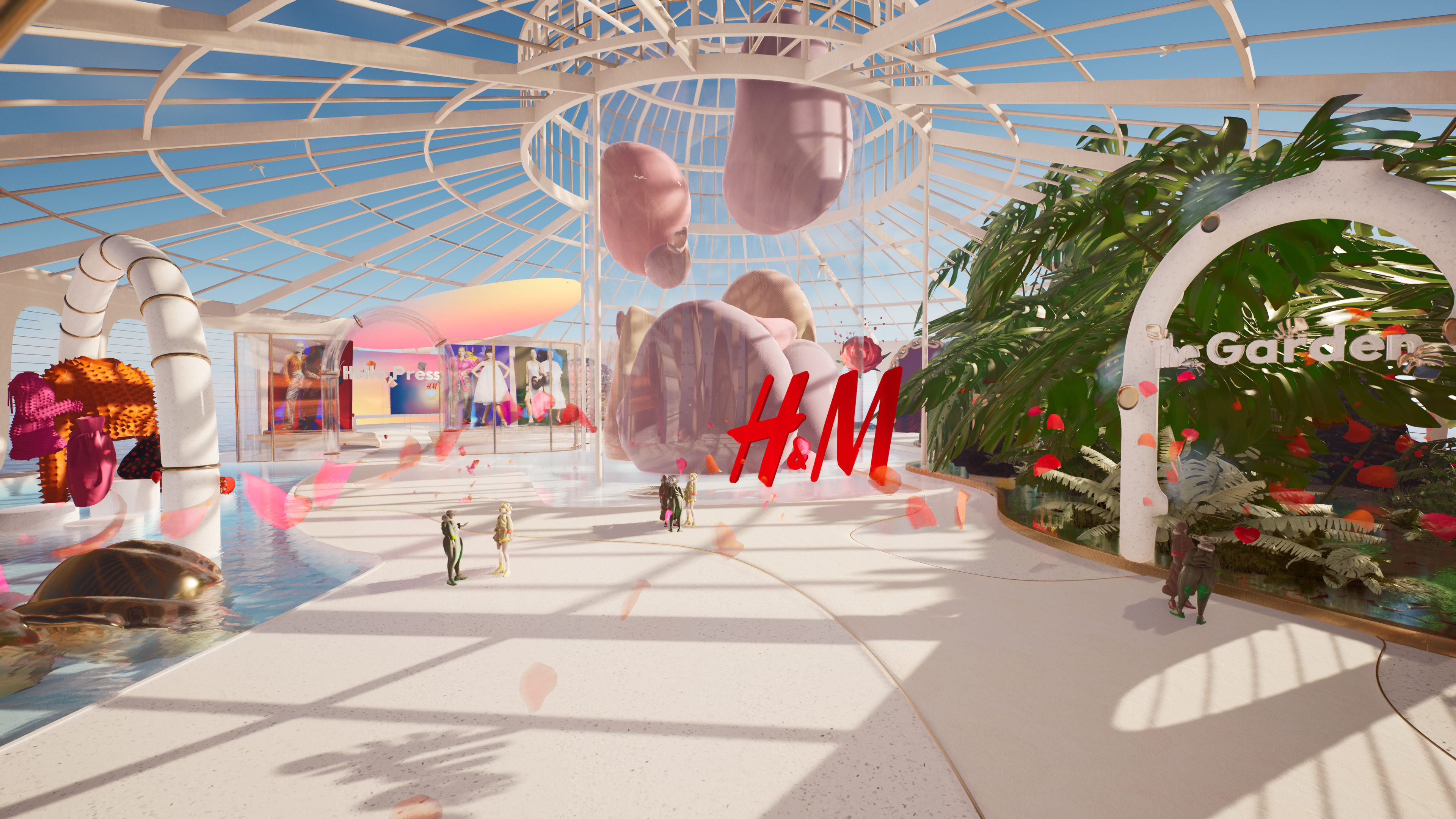
The virtual showroom was launched following the introduction of H&M’s first virtual garments in January. The collection was displayed as part of a competition where participants could submit ideas for names for the available looks, and win a chance to “wear” the pieces thanks to 3D graphic designers who would style them in the digital look as an animated image.
With virtual fashion, brands like H&M are making it easy for consumers to express themselves in the digital world just as they would in the physical world. But the big difference is that virtual fashion is wearable for all bodies. “Regardless of size, shape, or gender, digital gartments are size inclusive and tailored for all body types,” said Ann-Sofie Johannson, Creative Advisor, H&M.
Another area ripe for brands to explore in the web3 world are NFTs. NFTs open up avenues for brands to innovate and let consumers engage with digital ownership and digital collectibles.
For SPIN, whose iconic magazine covers have been a collector’s item since it was first published in 1985, NFTs represent an opportunity to help fans collect these pieces of culture in a new way.
SPIN owns 36 years of iconic photography, covers, videos, and other rare media. These assets have been appreciated and valued by magazine subscribers for decades. But like many publishers starting to experiment with NFTs, SPIN realized that they could extend the value of their storied intellectual property to even more fans through digital collectibles.
SPIN partnered with DEPT® to create a carbon-neutral NFT marketplace to sell, auction, and re-sell their covers and other photography assets. In doing so, SPIN became the first major music media brand to make its full content archive available with NFTs.
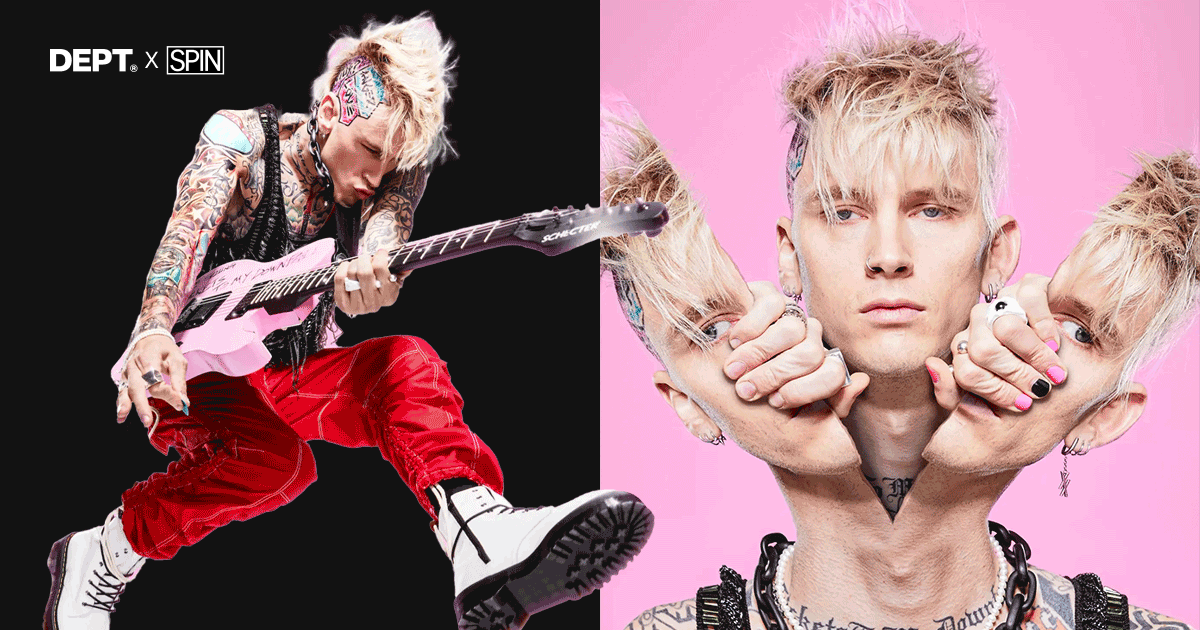
SPIN unveiled its NFT marketplace at SXSW 2022, with an inaugural auction featuring covers of Machine Gun Kelly (which sold for $2,670) and Perry Farrell. Additional covers, as well as art pieces, will be placed up for auction over the course of 2022.
“We’re excited to introduce these famous pieces as NFTs. It’s an easy entry point for fans to begin to collect scarce and coveted digital photography and memorabilia while providing artists a way into the space,” said Jimmy Hutcheson, CEO of SPIN.
As games and social apps support more creativity and design variation, people are paying for virtual items that signal their character and values, just as they would in the real world.
For most brands, this translates to an opportunity to create wearable items for in-game or social experiences. The biggest opportunities involve partnering with games like Fortnite, Roblox, or League of Legends. These platforms are extremely selective and will work closely with brands to create something that contributes to the gaming experience in a native way.
Brands like Gucci, Nike, Ralph Lauren, Vans and more have jumped on this trend by creating activations in Roblox.
In 2021 to celebrate its 100th anniversary, Gucci created a “Gucci Garden” in Roblox where players could immerse themselves in different rooms and purchase limited-edition avatar items. Nike launched NIKELAND, a bespoke world with the backdrop of its world headquarters inside Roblox’s immersive 3D space. And more recently, Ralph Lauren created the “Ralph Lauren Winter Escape” world with winter-themed activities and limited-edition items for avatars.
These experiences work because there is an obvious tie-in with the physical world. The connection between the physical and virtual world is one of the most exciting possibilities that the metaverse brings. Not all Roblox Gucci stans can go to Italy, but they can get the same experience from their living rooms. Putting on celebrations like this online and IRL opens a brand up to new audiences and shows they truly want to be involved in these communities.
These are just some of the ways that brands have started to embrace and prepare for the third iteration of the internet, which will impact them massively for years to come. The implications for how all brands interact with consumers will be profound. We have the opportunity to build fully immersive, 3D worlds from the ground up and leverage them to develop customer experiences like we’ve never seen before.
Head of Marketing US
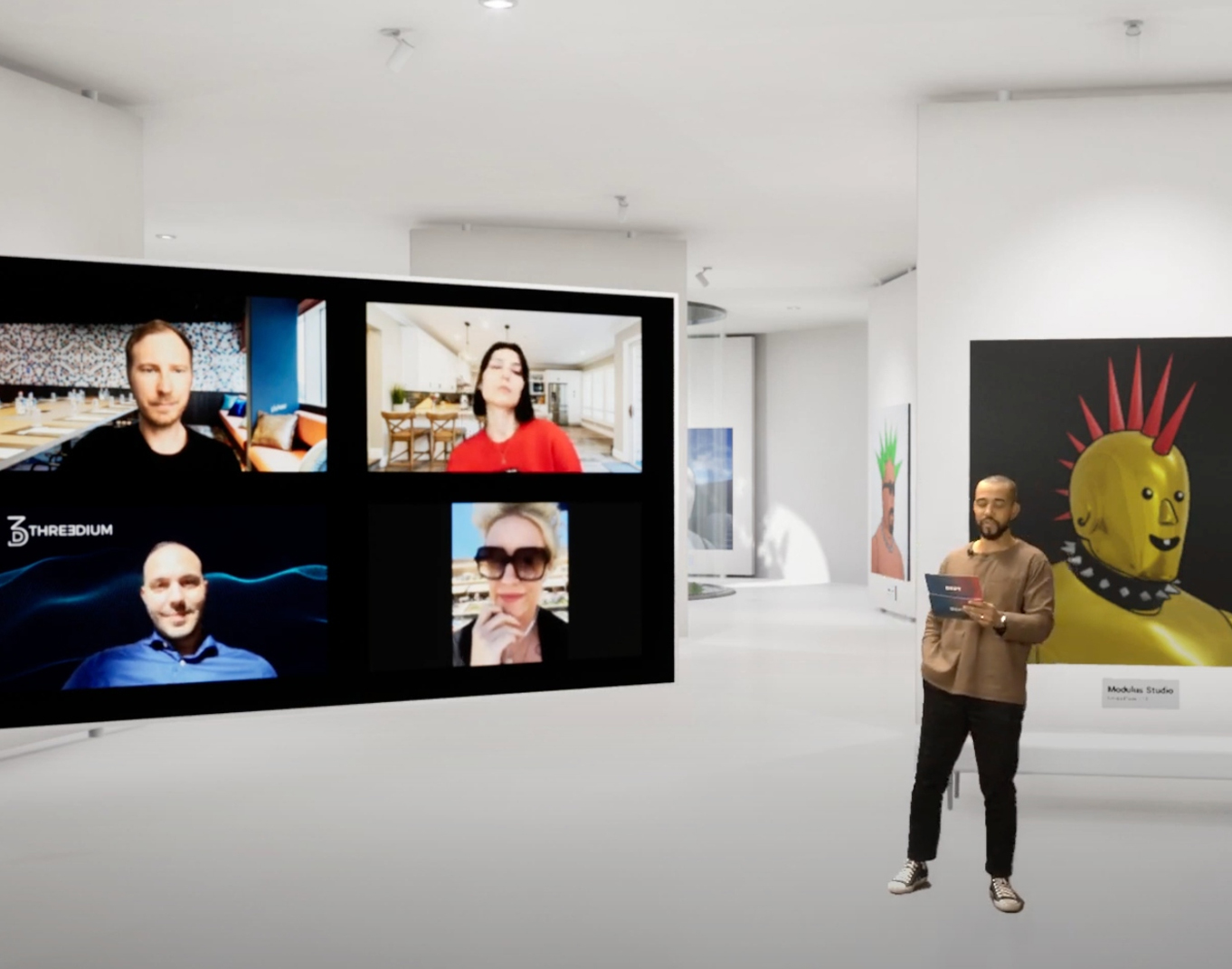
This panel features a discussion between Tobias Cummins, Director at DEPT® alongside four Web3 experts
Below, many Web3 topics are discussed, including how to prepare for Web3, what the metaverse will look like, and how brands can dive in.
Paula Marie Kilgarriff: In fashion/retail, the web3 space is basically a 3D virtual shopping experience, so what I say to brands is that you need to create 3D assets and prepare your website for 3D.
When I say virtual stores, I don’t mean VR and headsets. Use your web browser to interact with a website that has 3D objects. These 3D objects give customers an opportunity to co-create certain kinds of products online.
Mike Charalambous: I couldn’t agree more. We’re actually more of a web2.5 advocate. The reason being is that most brands and agencies have revenue tied to their e-commerce shops.
A steady system needs to be shored up before your start to get your hands dirty with 3D. 3D is not your standard photography. They have their own lighting environment and their own behavior.
So once brands understand the techniques of 3D objects and how different commerce solutions use 3D, then AR product explorers can innovate and trigger specific consumer behaviors. This allows them to gather data and test them on avatars.
Tim Walther: In general, you have to dig deep into web3. You have to be aware of what is happening in this space because it is so different from web2.
Customers for your NFT/experience will be a lot different from customers of the past. In the past, you might have fans to which you’re speaking, but now (if you’re selling an NFT), you might have a small shareholder.
To do it right you must have a working roadmap, inroads in place to speak to your communities, and an understanding of how the communities interact with web3. The risk of doing something wrong is big.
To test/learn, find good partners that have a proven record. Learn from them and only then take a bigger step forward.
Stefania Barbaglio: Yes, I think not only fashion but the entire luxury market. Jewelry, cars, drinks, etc. Anything that needs a way to authenticate could benefit from blockchain technologies. Even the secondary market, so buyers can verify that their purchases are authentic.
Tim Walther: If you look back one year, NFTs were more or less digital images and pieces of art that are connected to the blockchain. In the past year, others have shown us what can happen with a smart contract.
If you connect this to a smart contract, then an NFT can become a community. It can become a key or a one-on-one relationship with your brand.
I’m certain that things will show up in the next month or years that we cannot even imagine at the moment.
Mike Charalambous, CEO of Threedium
Paula Marie Kilgarriff: I would stay away from saying “the one metaverse.” What we’re doing is using technology to create 3D virtual experiences that encourage co-creation and customization.
If you think of it recently, some metaverses are centralized, some decentralized, some have tokens, some don’t have tokens, some are VR, and some are AR.
You might have a luxury metaverse or mass-market one, one for retail and another for lifestyle and entertainment.
Brands are figuring out customer touchpoints and journeys and fortifying them with different types of technology. It’s really about augmenting, not replacing other experiences.
The true value of 3D objects is the ability to understand what the customer wants when they want and how they want it.
Mike Charalambous: The most important thing is that metaverse can be anything you want it to be.
Here’s my way of breaking it down:
The metaverse is the era where humans put equal ownership on digital goods as they do on physical goods.
It’s not a butterfly-unicorn-cloudy world you go into to dance and fly.
It’s the era where consumers shift their behaviors, and they’re ready to start spending money to own something digitally, knowing that ownership can unlock different levels of rewards and accessibility for them.
Anyone has the chance to create something. Anyone has the chance to be wherever they want to be. Basically, the metaverse world will act as new means of social media channels.
So always think of the metaverse world as a social commerce channel, where people are going to be interacting with brands in different ways. We’re going to be seeing new KPIs, such as play to earn, wear to earn or sweat to earn. We’re going to be seeing a different way in how influencers and ambassadors find value–not as to how they look (beautiful faces or slim bodies) but what kind of contributions they’re making to the space.
And metaverse and NFTs don’t necessarily have to go together. NFTs are the form of a CRM for the brand, a form of utility. They unlock or enhance your relationship. NFT’s are just the means to the end, an additional way to provide rewards and a stronger sense of ownership for their customers.
Any brand that does not understand this is going to be losing market share starting from now.
It’s like the early days of social media, with smaller platforms vs Facebook. Facebook came in and crushed everybody. So there might be a metaverse world where it’s going to prevail and have massive volume versus everybody else.
But there will also be some micro-verses that are more specialized.
Mike Charalambous: From the brand side, there are two major things.
1. Financial pitfalls when it comes to blockchain and cryptocurrency
2. The fact that taxation is not addressed within this full metaverse ecosystem
That makes life hard for brands to synthesize robust commercial strategies. And this forces them to spend a lot of money on tax consultations. They’re afraid that their public image might be impacted if somebody if they do something in the metaverse.
Consumer-facing, what they’re very much afraid of is ensuring that there’s going to be longevity in my relationship with the brand. How do I ensure that this token gives me that utility in real life?
They have a lack of confidence that the brands are ready to sustain and feed these relationships in perpetuity.
Paula Marie Kilgarriff: Web3 and web3 protocols for the fashion supply chain.
So it could be Zara presenting a new collection to its stakeholders and then they vote on which products are made in that supply chain in real-time.
Stefania Barbaglio: Avatars and digital identities. There will be a different way to look at influences. The community can influence brands on what kind of influencers are selected.
Tim Walther: It’s really the community. And that also, that really means the web3 community. How are you solving X problem? That’s not happening a lot in marketing, but we’re all in the same boat.
What I love about the technology is that it is unleashing some creativity in marketing and in communication that we haven’t had in years. Social media 2.0 was very cool, very interesting, and unleashed a lot of things, but now we have something where we can basically add every, any utility.
And that leads me to the third and last point, which is you able to get closer to your customer. You can get brands and customers one-on-one. A real relationship.
Mike Charalambous: What we’re focusing on a lot is this notion of connected commerce or meta commerce.
How we can take assets, create them once, but sell them thrice across physical, digital, and the metaverse with consistent experiences.
Get your free to ticket Meta Festival on 28 June 2022
Sr. Content Marketing Manager
H&Mbeyond. is the innovation hub of the well-known Swedish fashion company H&M Group. Together with startups and innovators, its team drives forward future-oriented projects. H&Mbeyond.approached us to create the first-of-its-kind, Metaverse project for the H&M brand: the Virtual Showroom.
In keeping with the current zeitgeist, H&Mbeyond. approached us with the idea of expanding H&M’s physical showrooms with a digital showroom. Based on the former, it should reflect the brand’s identity and values, just virtually instead of physically. A space without opening hours, where a wide variety of target audiences such as influencers and stylists, customers, employees, and the press can meet and learn more about H&M and its collections. The Virtual Showroom was to serve as a central point for meaningful exchanges in an immersive environment. Targeted tours by the H&M showroom team were intended to inform the audience about current trends and topics such as sustainability and new, innovative materials.
The number of visitors, countries of origin and the average time spent in the individual areas (which can be helpful for future brand activations), were defined as KPIs for this new showroom. KPIs including click rates of downloadable materials and qualitative feedback from showroom guests and media stakeholders are to follow soon.

How can we experience clothing when we can’t touch it or wear it? What added value does a digital experience offer visitors and customers? Together with our partner Journee – The Metaverse Company™, we explored solutions to these questions to develop a virtual, custom-fit world for H&M. In the H&M Virtual Showroom, content on H&M’s innovation topics and sustainability efforts are presented, alongside ‘information zones’, designed especially for the press or users interested in a conversation.
The look of the showroom is based on the DNA of the H&M brand, with appropriately designed areas for the most important topics such as the ‘Sustainability Garden’ (where information on the innovative material ‘AirCarbon’ is shared), or the H&M Home influencers meeting area.
The ‘Campaign Room’, accessible through a portal, is where the new H&M Innovation Stories campaign ‘Cherish Waste’ is interpreted in a fascinating new way. Here, Creative Director Ann-Sofie Johansson and Concept Designer Ella Soccorsi give insights into the design process of the collection and the campaign, as well as the materials used in the clothing. The highlight of this room are the six main pieces of the collection which dominate the room as detailed, oversized 3D graphics. The flowing movement and vivid colours of the graphics really bring the pieces to life. Special Collections, in particular, lend themselves to the creation of such individual spaces, with a wide variety of brand activation options and providing unique, added-value for the visitors and the H&M showroom team.

We developed all of the components mentioned above together with Journee and in close cooperation with H&M. The vision of the showroom grew piece by piece; our strategists developed the concept, and the designers brainstormed, scribbled and designed creative mood boards based on the creative direction of the campaign and the H&M brand DNA.
With the help of H&M’s user insights, we designed the user flows for the influencers, stylists and journalists at an early stage, which provided the necessary guidance during the creative process. With the design ideas sharpened, we continued to optimise the concept and content until everything could be implemented (virtually) by Journee, using Unreal.
The first test tours in the Virtual Showroom, plus the positive feedback and ideas received from H&M stakeholders, helped us to round off the H&M Web3 experience. Paths were rerouted, trees moved, images swapped, and descriptions added.

The three avatar designs represent an important message: the need for more diversity and inclusion in fashion. With the avatars, users can move freely in the Virtual Showroom, so we paid special attention to user guidance, orientation and the order in the rooms. Even inexperienced users can navigate through the showroom with the help of various aids and explanations, helping them to discover everything in a playful way. Thanks to the separate rooms and different areas in the H&M Virtual Showroom, users can explore and experience the brand and the respective collections, or they can quickly find what they are looking for by simply teleporting to their desired destination.

A survey carried out with Gen Z visitors to the Virtual Showroom has resulted in very positive feedback:
69% of the respondents said that the showroom had aroused their interest in a virtual H&M brand experience.
In addition, 80% of the respondents are already interested in participating in a virtual H&M brand experience as an H&M Hello member.
Finally, 85% of the visitors surveyed rated the virtual showroom experience as very positive.
Oliver Lange, Head of H&Mbeyond.
By working in true collaboration throughout an iterative process, the requirements of H&Mbeyond.’s innovation approach were optimally understood and implemented. In the future, the Virtual Showroom is expected to host events such as launches, meetings, and concerts for larger audiences, all in addition to the presentation of new collections.
“H&M’s Virtual Showroom is designed as a space for brand activations such as fashion campaigns. These are brought to life in a whole new and exciting way, combining innovation, digitalisation and sustainability. It makes me very proud to see how much energy, heart and soul our colleagues across countries and departments have put into this project. We are looking forward to exploring the potential in the countries of the Central Europe region and beyond.” Thorsten Mindermann, Regional Manager, H&M Central Europe.
After the great success of the virtual showroom and the positive feedback from the target groups, H&Mbeyond. also wanted to offer an immersive experience to the end consumers. After extensive pitch and evaluation phases with a focus on Gen Z, the idea for the first virtual concert in the Metaverse was born. To build on the success of the Virtual Showroom with Love as quickly as possible, local and global marketing teams at H&M developed a concept in record time. In developing the immersive experience, the aspects of engagement and community were at the very top of the agenda. H&M finally managed to get the five-member ‘P-Pop’ boy band BGYO to perform the concert and realise it together with Journee and the existing technology. A new area was created in the existing showroom.
The result exceeded H&Mbeyond.’s expectations. For example, the concert dominated social media channels and was covered by the TV station CNN Philippines. Communication about the virtual event eventually went viral. After the concert, some participants were surveyed. According to this survey, the interest in such immersive experiences is very high. In addition, the great demand for products in the form of physical and digital merchandise of the band motivated H&Mbeyond. to think further in this direction.
Director Marketing & Business Development
Discover more